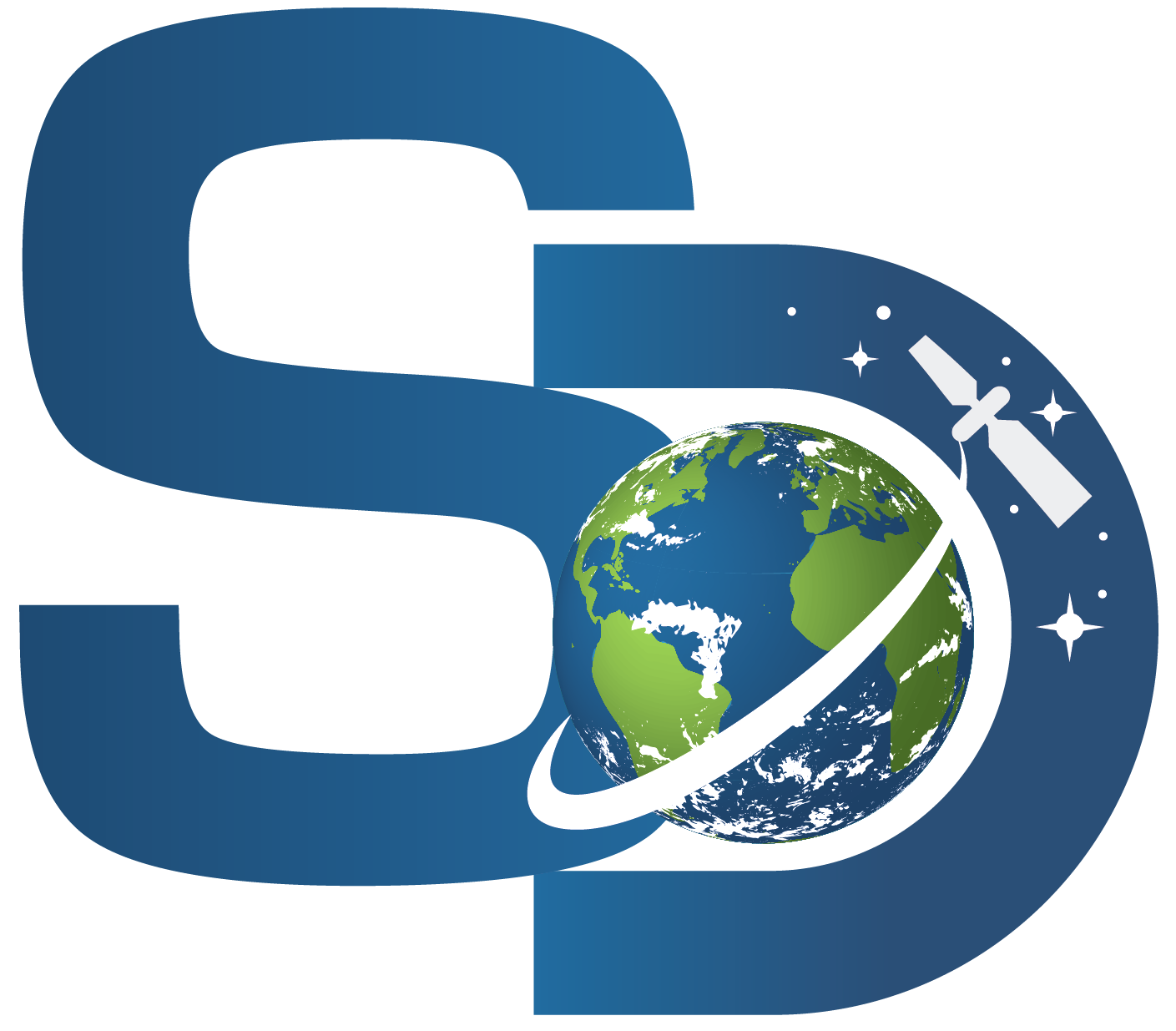Filter by Mission Category:
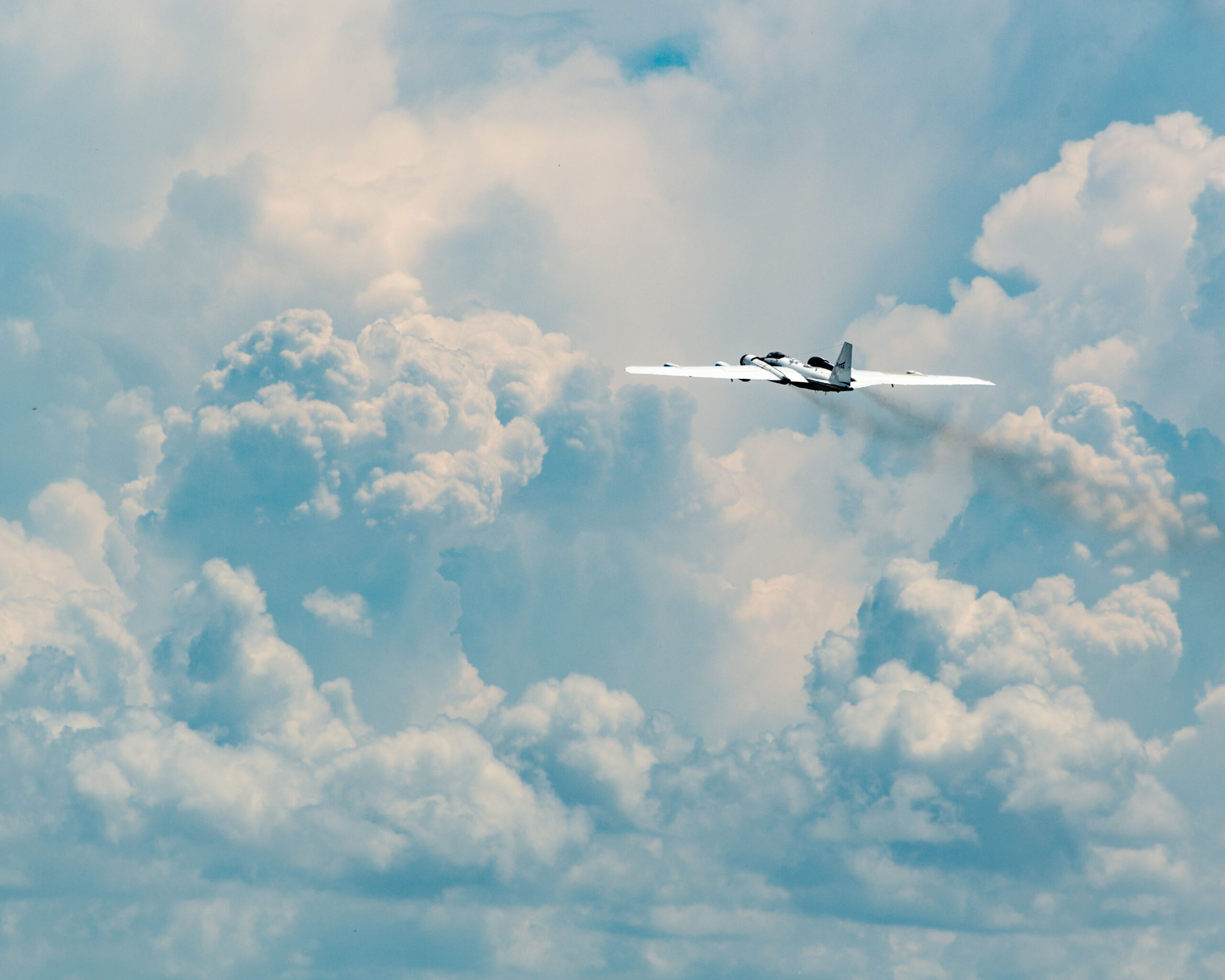
ACCLIP
Present
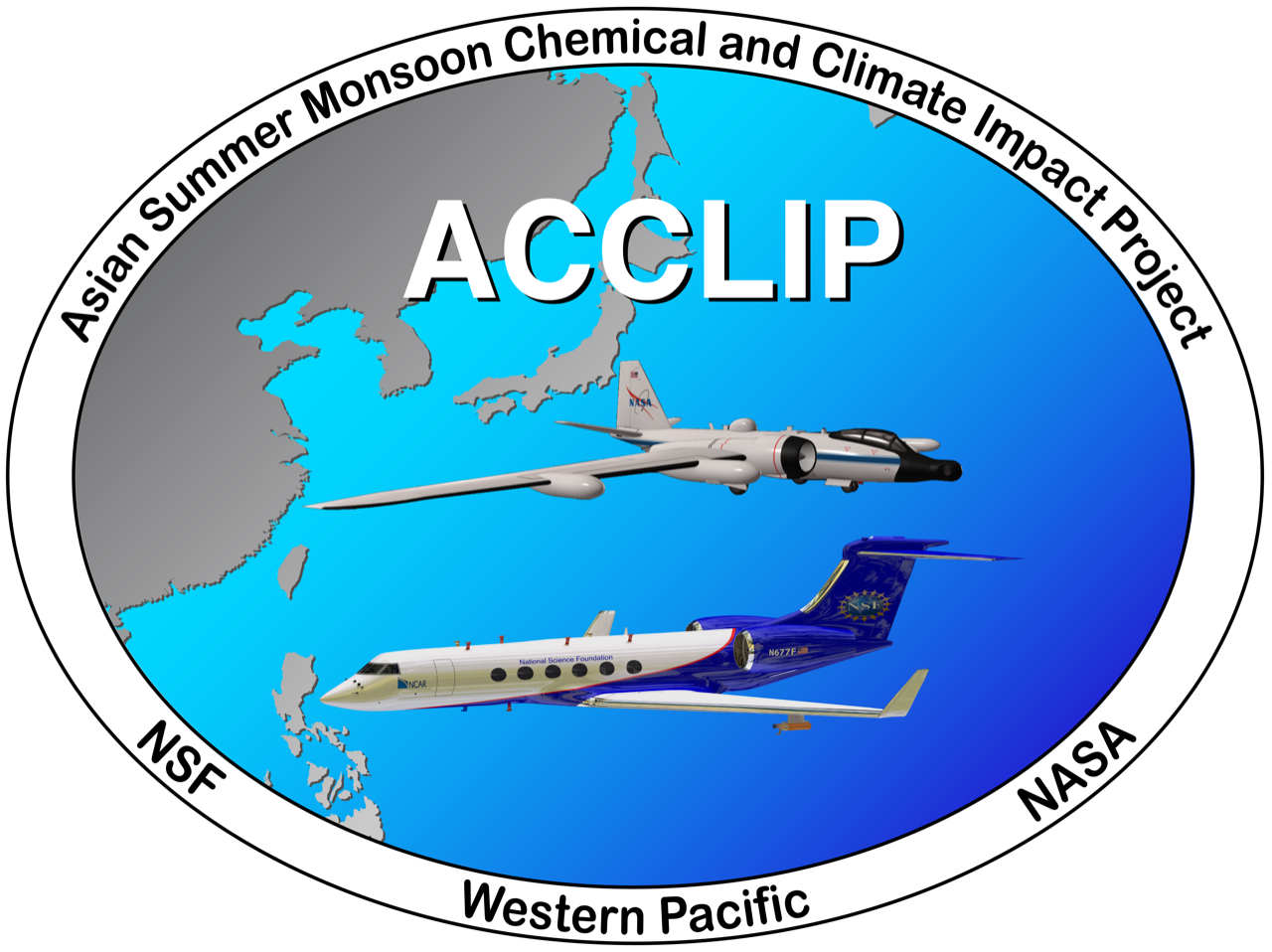 The Asian Summer Monsoon Chemical & CLimate Impact Project (ACCLIP) is a 2-month campaign planned for summer 2022 in the Republic of Korea. It is jointly funded by NASA and NCAR. NASA Langley’s LARGE and DLH teams support this study to characterize the impact of the Asian Summer Monsoon (ASM) on the Upper Troposphere-Lower Stratosphere.
The Asian Summer Monsoon Chemical & CLimate Impact Project (ACCLIP) is a 2-month campaign planned for summer 2022 in the Republic of Korea. It is jointly funded by NASA and NCAR. NASA Langley’s LARGE and DLH teams support this study to characterize the impact of the Asian Summer Monsoon (ASM) on the Upper Troposphere-Lower Stratosphere.
+ Learn More
 The Asian Summer Monsoon Chemical & CLimate Impact Project (ACCLIP) is a 2-month campaign planned for summer 2022 in the Republic of Korea. It is jointly funded by NASA and NCAR. NASA Langley’s LARGE and DLH teams support this study to characterize the impact of the Asian Summer Monsoon (ASM) on the Upper Troposphere-Lower Stratosphere.
The Asian Summer Monsoon Chemical & CLimate Impact Project (ACCLIP) is a 2-month campaign planned for summer 2022 in the Republic of Korea. It is jointly funded by NASA and NCAR. NASA Langley’s LARGE and DLH teams support this study to characterize the impact of the Asian Summer Monsoon (ASM) on the Upper Troposphere-Lower Stratosphere.+ Learn More
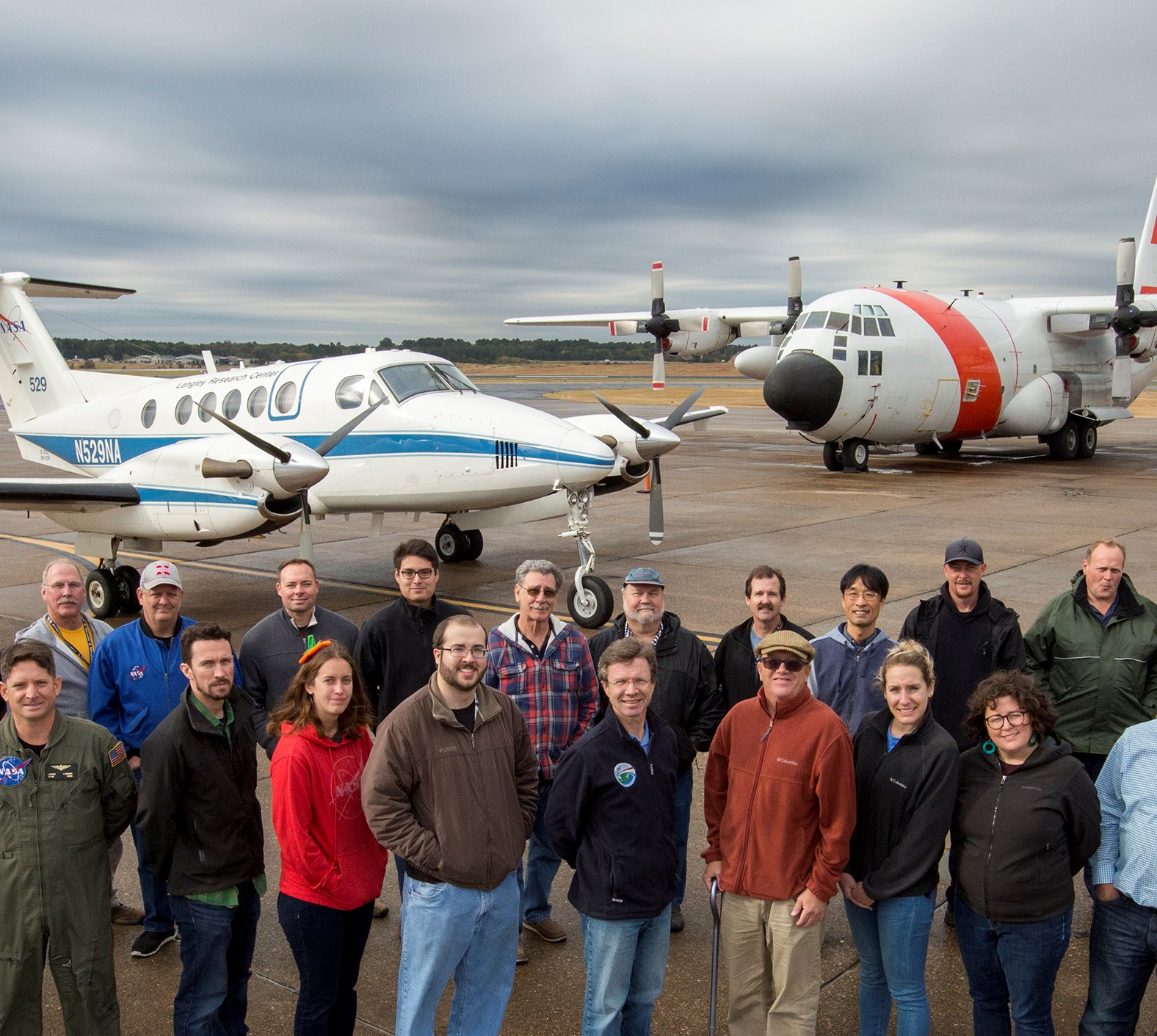
ACT-America
Present
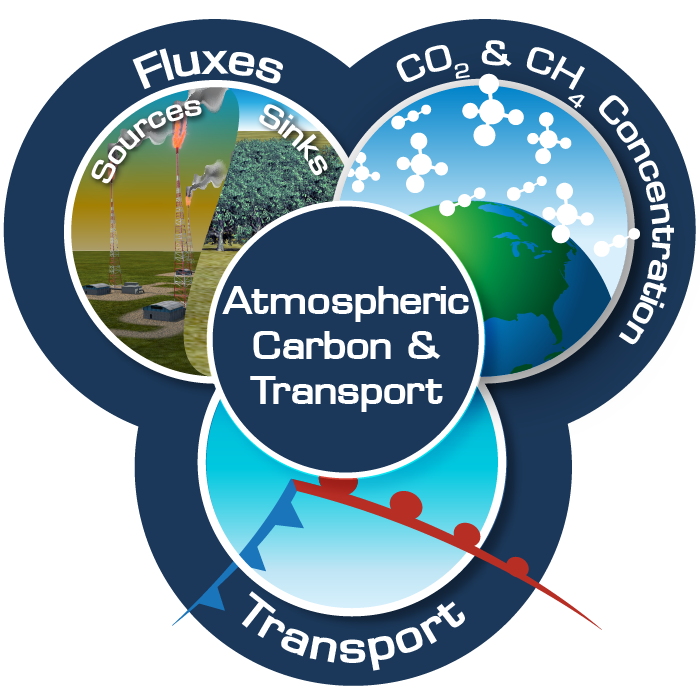 ACT-America, or Atmospheric Carbon and Transport – America, will conduct five airborne campaigns across three regions in the eastern United States to study the transport and fluxes of atmospheric carbon dioxide and methane. + Learn More
ACT-America, or Atmospheric Carbon and Transport – America, will conduct five airborne campaigns across three regions in the eastern United States to study the transport and fluxes of atmospheric carbon dioxide and methane. + Learn More
 ACT-America, or Atmospheric Carbon and Transport – America, will conduct five airborne campaigns across three regions in the eastern United States to study the transport and fluxes of atmospheric carbon dioxide and methane. + Learn More
ACT-America, or Atmospheric Carbon and Transport – America, will conduct five airborne campaigns across three regions in the eastern United States to study the transport and fluxes of atmospheric carbon dioxide and methane. + Learn More
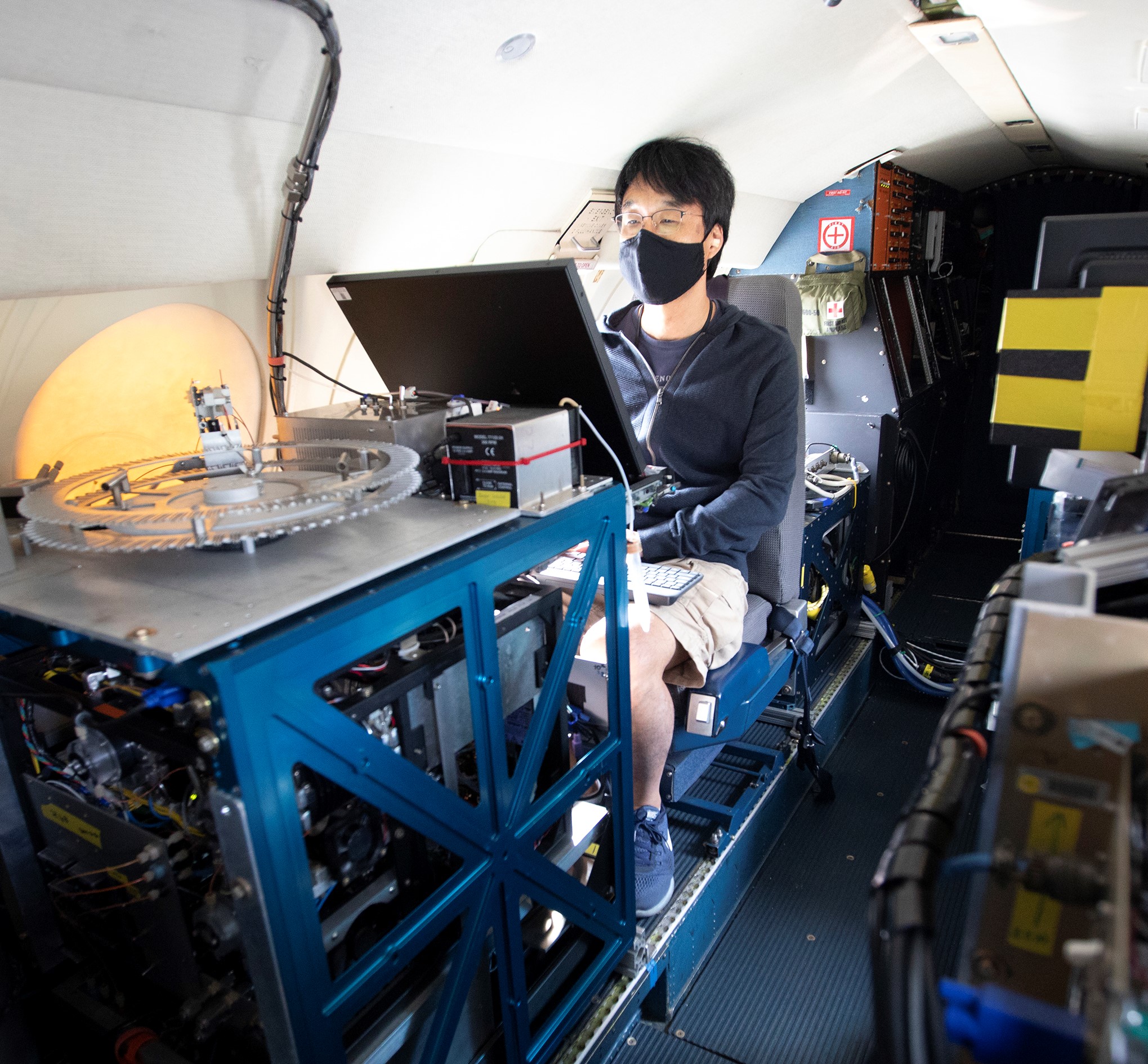
ACTIVATE
Present
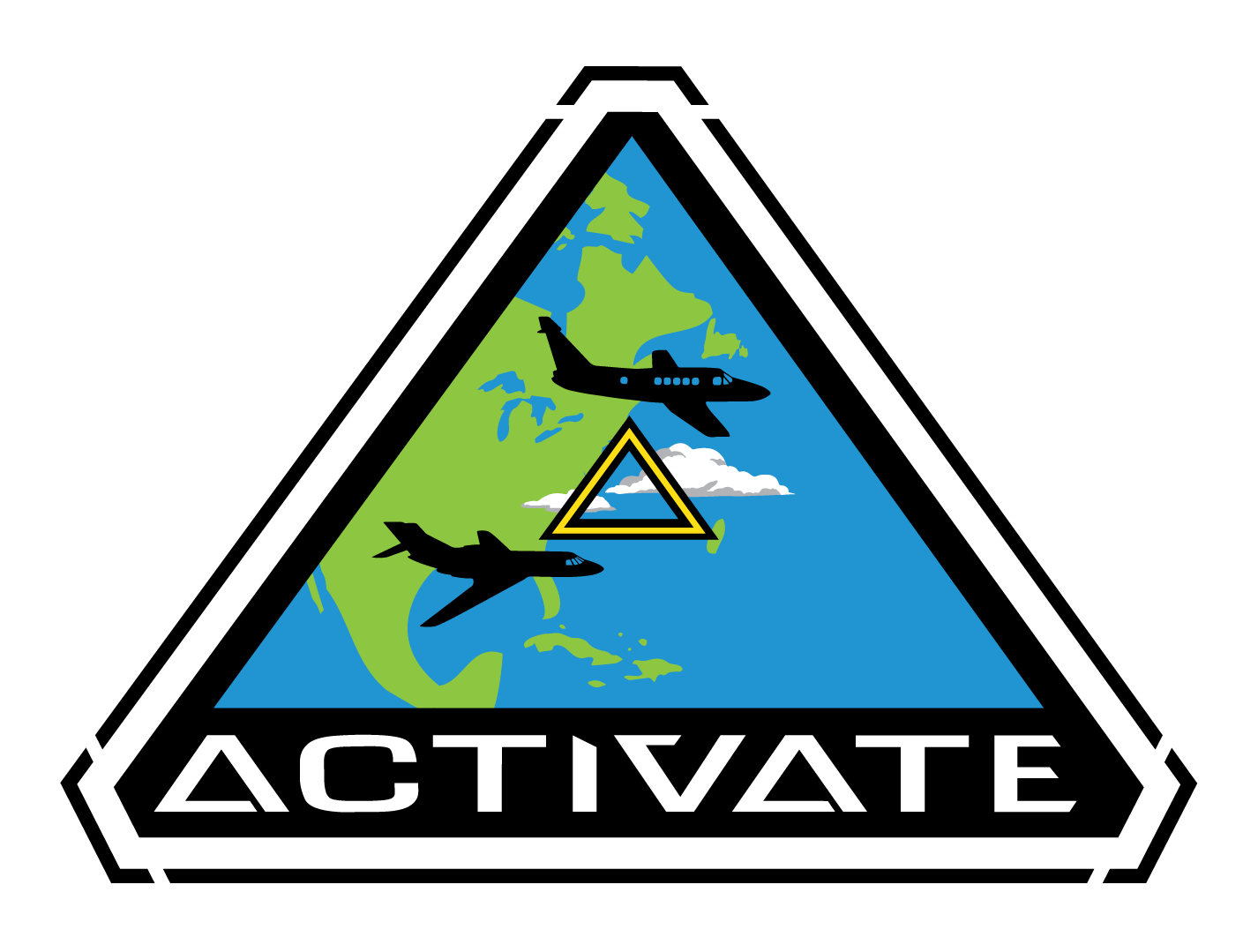 NASA’s Aerosol Cloud meTeorology Interactions oVer the western ATlantic Experiment (ACTIVATE) project is a five-year project (January 2019 – December 2023) that will provide important globally-relevant data about changes in marine boundary layer cloud systems, atmospheric aerosols, and multiple feedbacks that warm or cool the climate.
NASA’s Aerosol Cloud meTeorology Interactions oVer the western ATlantic Experiment (ACTIVATE) project is a five-year project (January 2019 – December 2023) that will provide important globally-relevant data about changes in marine boundary layer cloud systems, atmospheric aerosols, and multiple feedbacks that warm or cool the climate.
+ Learn More
 NASA’s Aerosol Cloud meTeorology Interactions oVer the western ATlantic Experiment (ACTIVATE) project is a five-year project (January 2019 – December 2023) that will provide important globally-relevant data about changes in marine boundary layer cloud systems, atmospheric aerosols, and multiple feedbacks that warm or cool the climate.
NASA’s Aerosol Cloud meTeorology Interactions oVer the western ATlantic Experiment (ACTIVATE) project is a five-year project (January 2019 – December 2023) that will provide important globally-relevant data about changes in marine boundary layer cloud systems, atmospheric aerosols, and multiple feedbacks that warm or cool the climate.+ Learn More
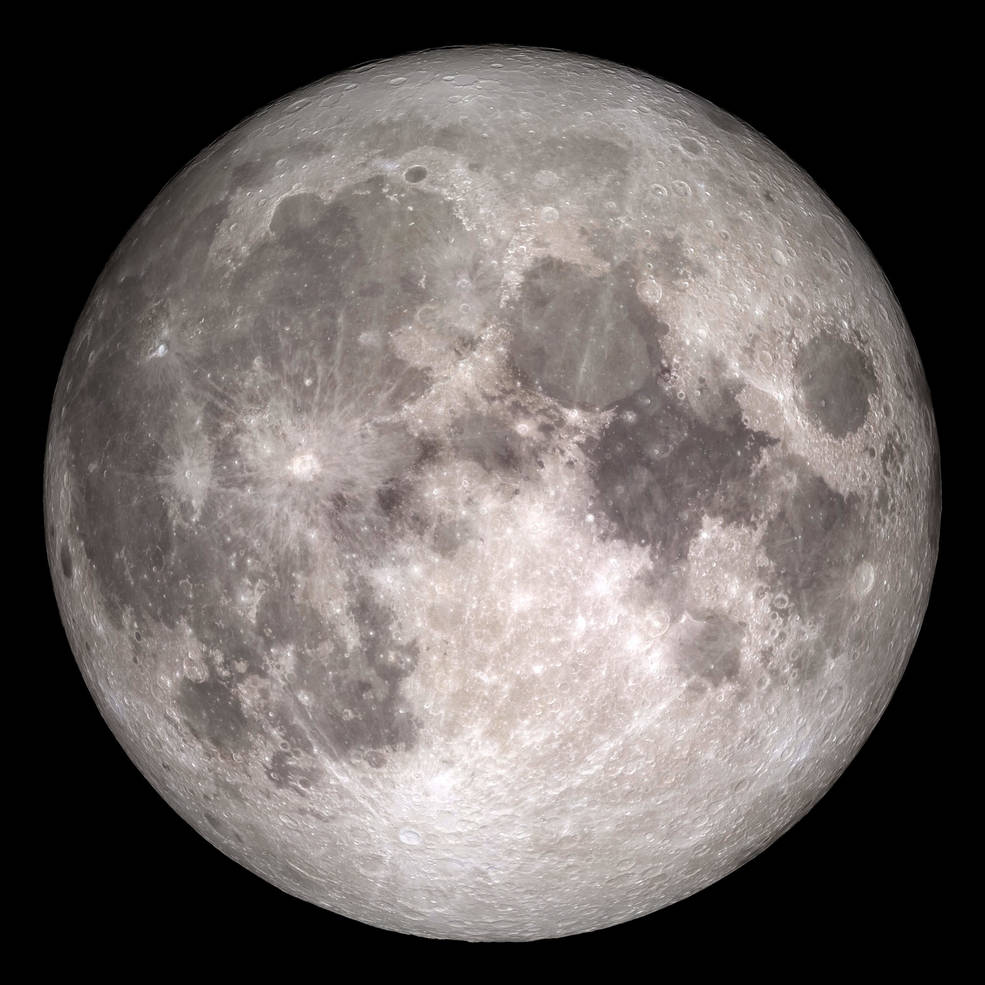
ARCSTONE
Present
 One of the most challenging tasks in remote sensing from space is achieving required instrument calibration accuracy on-orbit. The Moon is considered to be an excellent exoatmospheric calibration source. ARCSTONE is a mission concept that provides a solution to this challenge. + Learn More
One of the most challenging tasks in remote sensing from space is achieving required instrument calibration accuracy on-orbit. The Moon is considered to be an excellent exoatmospheric calibration source. ARCSTONE is a mission concept that provides a solution to this challenge. + Learn More
 One of the most challenging tasks in remote sensing from space is achieving required instrument calibration accuracy on-orbit. The Moon is considered to be an excellent exoatmospheric calibration source. ARCSTONE is a mission concept that provides a solution to this challenge. + Learn More
One of the most challenging tasks in remote sensing from space is achieving required instrument calibration accuracy on-orbit. The Moon is considered to be an excellent exoatmospheric calibration source. ARCSTONE is a mission concept that provides a solution to this challenge. + Learn More
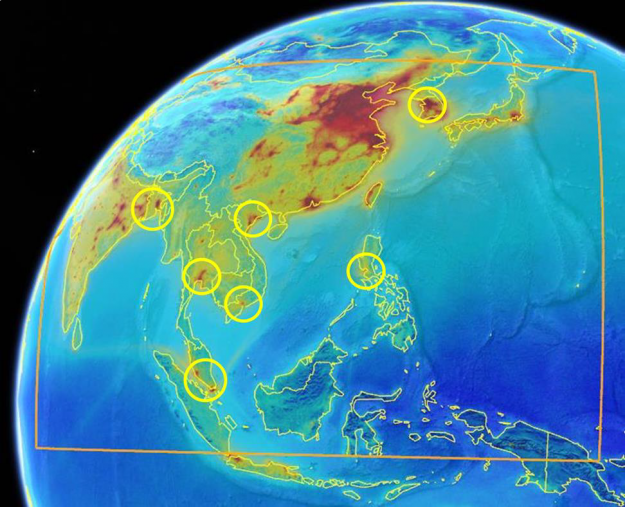
ASIA-AQ
Present
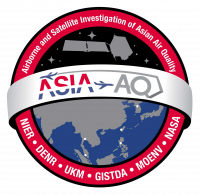 The ASIA-AQ mission is an international cooperative field study designed to address local air quality challenges. Specifically, ASIA-AQ will contribute to improving the integration of satellite observations with existing air quality ground monitoring and modeling efforts across Asia.
+ Learn More
The ASIA-AQ mission is an international cooperative field study designed to address local air quality challenges. Specifically, ASIA-AQ will contribute to improving the integration of satellite observations with existing air quality ground monitoring and modeling efforts across Asia.
+ Learn More
 The ASIA-AQ mission is an international cooperative field study designed to address local air quality challenges. Specifically, ASIA-AQ will contribute to improving the integration of satellite observations with existing air quality ground monitoring and modeling efforts across Asia.
+ Learn More
The ASIA-AQ mission is an international cooperative field study designed to address local air quality challenges. Specifically, ASIA-AQ will contribute to improving the integration of satellite observations with existing air quality ground monitoring and modeling efforts across Asia.
+ Learn More
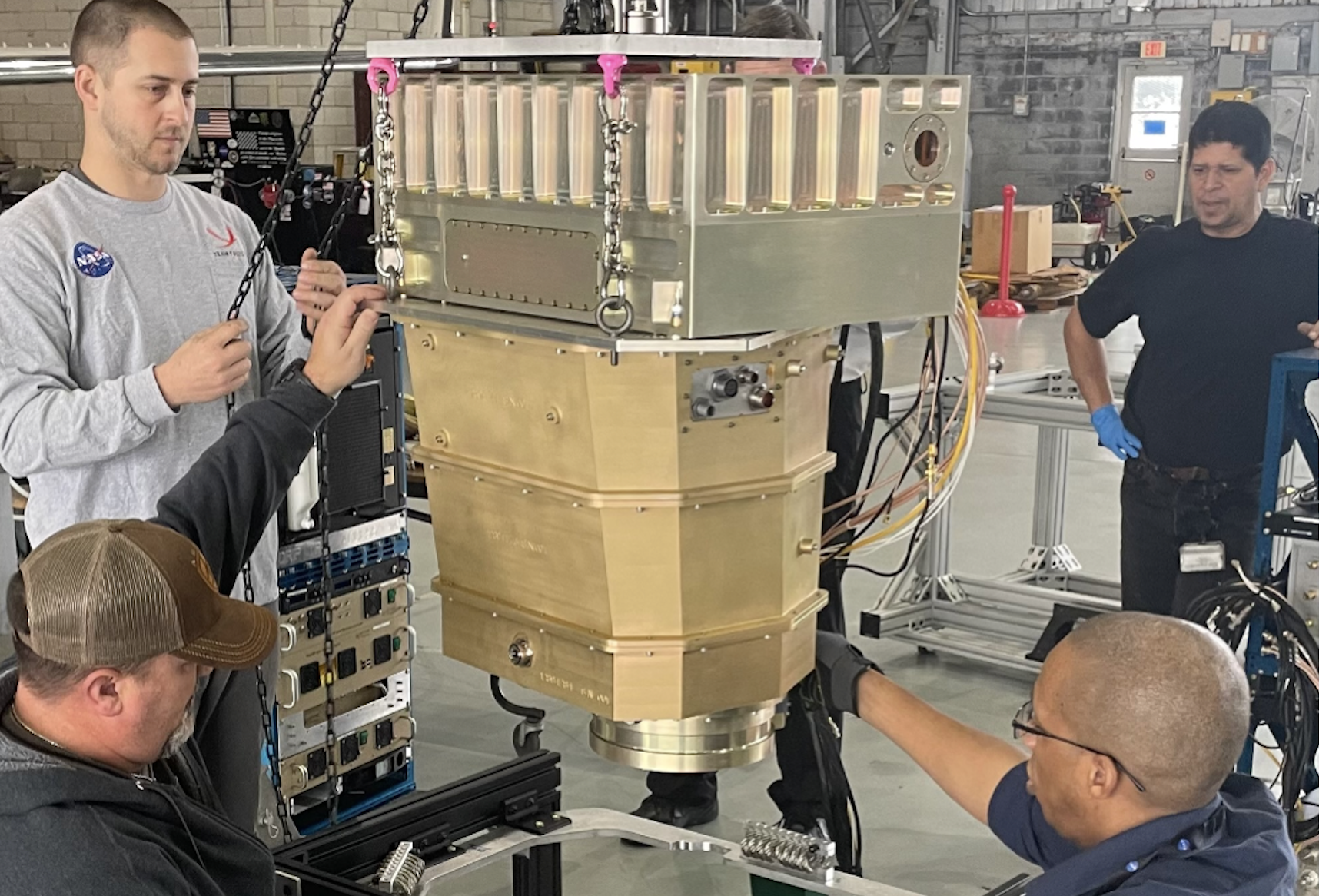
AWP
Present
The Aerosol Wind Profiler (AWP) collects true 3-D wind vector observations to provide accurate wind field data. This measurement is considered a major gap in the space-based observing system and has great potential to improve the performance of several environmental prediction systems. + Learn More
The Aerosol Wind Profiler (AWP) collects true 3-D wind vector observations to provide accurate wind field data. This measurement is considered a major gap in the space-based observing system and has great potential to improve the performance of several environmental prediction systems. + Learn More
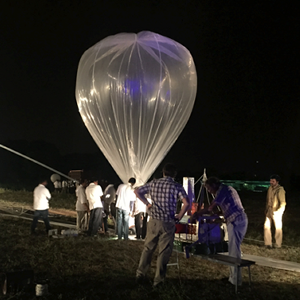
BATAL
Present
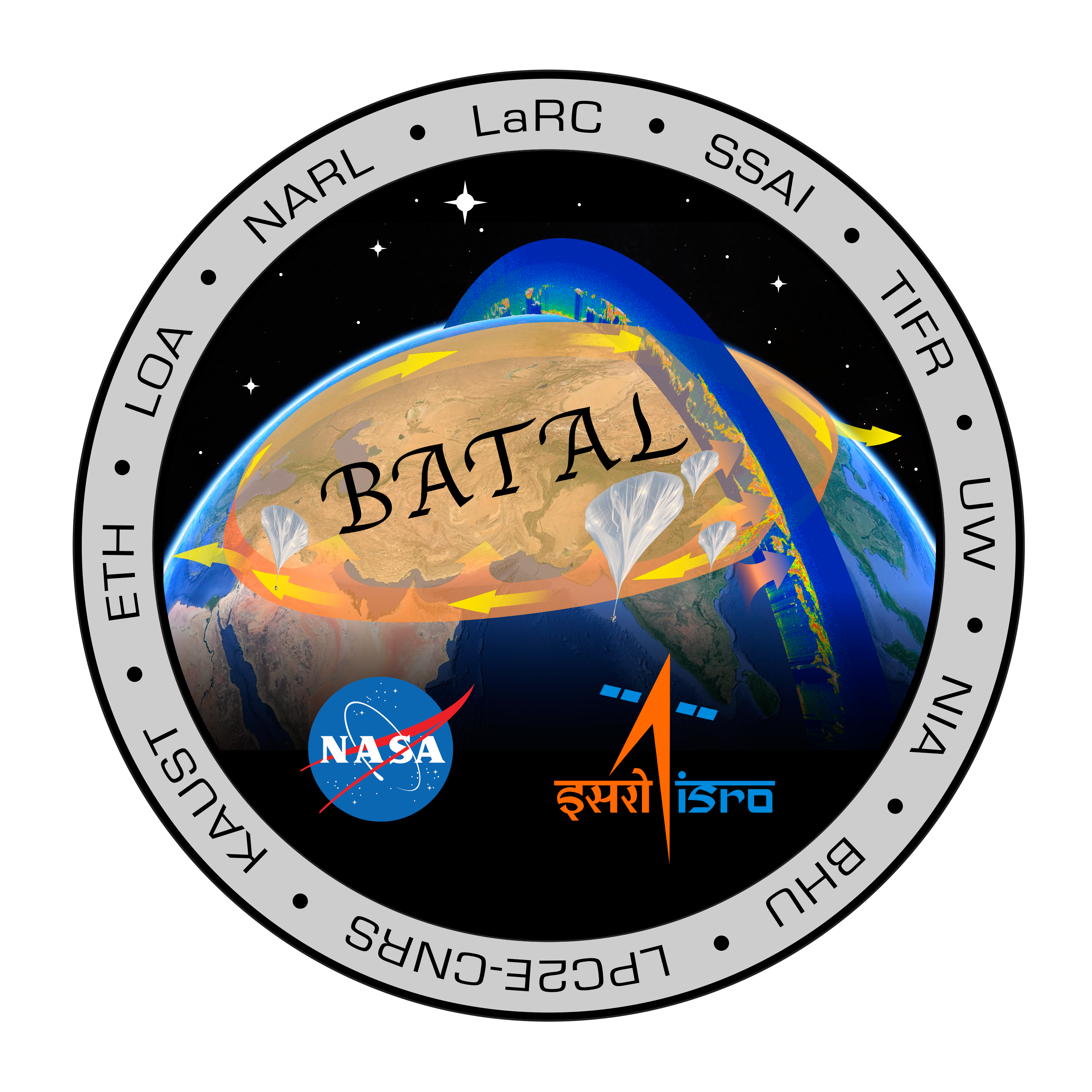 The Balloon measurement campaigns of the Asian Tropopause Aerosol Layer (BATAL) is a series of field missions to study the transport of pollution in the Upper Troposphere and Lower during the Summer Asian Monsoon.
The Balloon measurement campaigns of the Asian Tropopause Aerosol Layer (BATAL) is a series of field missions to study the transport of pollution in the Upper Troposphere and Lower during the Summer Asian Monsoon.
+ Learn More
 The Balloon measurement campaigns of the Asian Tropopause Aerosol Layer (BATAL) is a series of field missions to study the transport of pollution in the Upper Troposphere and Lower during the Summer Asian Monsoon.
The Balloon measurement campaigns of the Asian Tropopause Aerosol Layer (BATAL) is a series of field missions to study the transport of pollution in the Upper Troposphere and Lower during the Summer Asian Monsoon.+ Learn More
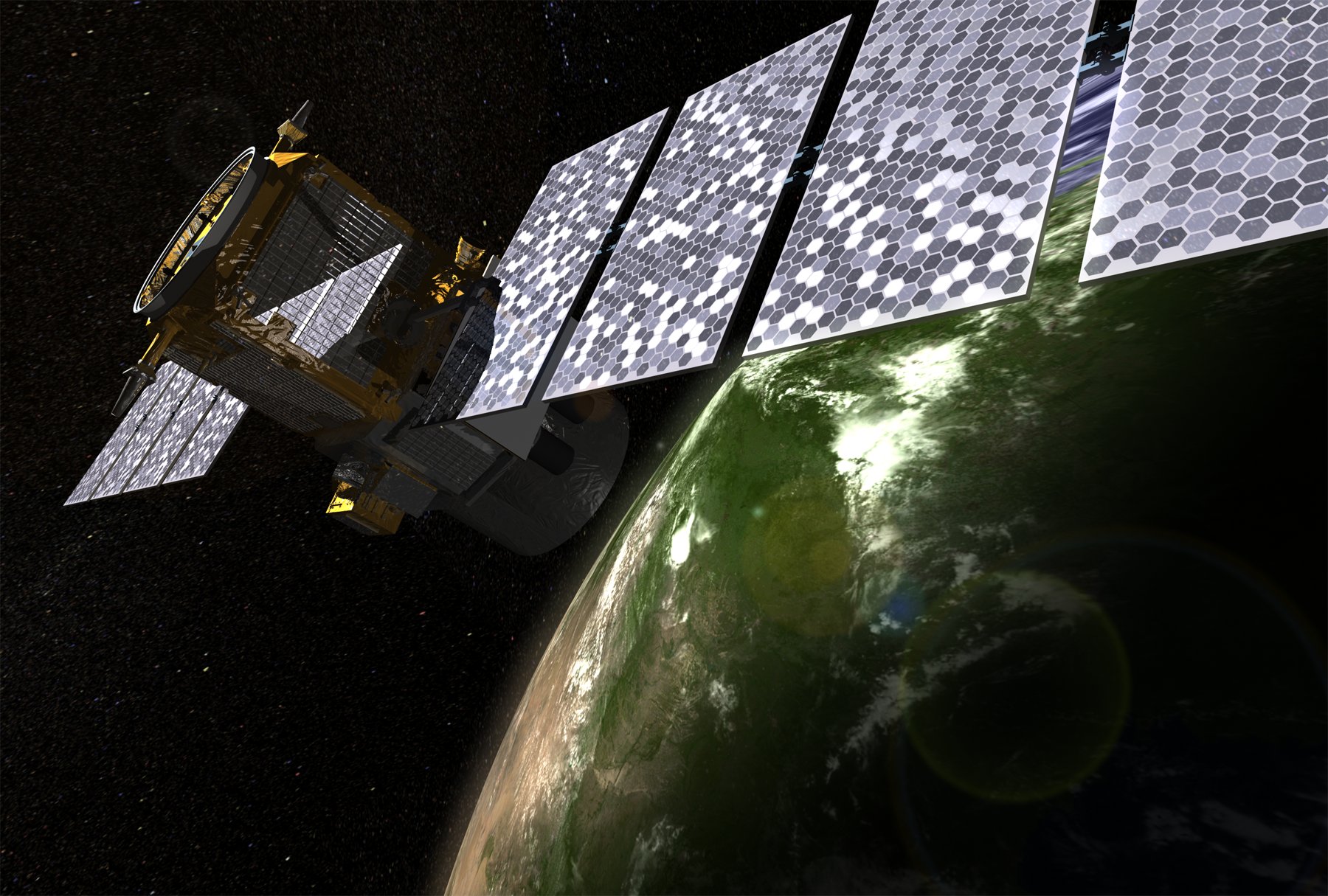
CALIPSO
Present
 CALIPSO (Cloud-Aerosol Lidar and Infrared Pathfinder Satellite Observations) uses an innovative lidar and imaging system. It allows us to see natural and human-produced aerosols and thin clouds that are invisible to radar, and sometimes even to the human eye. + Learn More
CALIPSO (Cloud-Aerosol Lidar and Infrared Pathfinder Satellite Observations) uses an innovative lidar and imaging system. It allows us to see natural and human-produced aerosols and thin clouds that are invisible to radar, and sometimes even to the human eye. + Learn More
 CALIPSO (Cloud-Aerosol Lidar and Infrared Pathfinder Satellite Observations) uses an innovative lidar and imaging system. It allows us to see natural and human-produced aerosols and thin clouds that are invisible to radar, and sometimes even to the human eye. + Learn More
CALIPSO (Cloud-Aerosol Lidar and Infrared Pathfinder Satellite Observations) uses an innovative lidar and imaging system. It allows us to see natural and human-produced aerosols and thin clouds that are invisible to radar, and sometimes even to the human eye. + Learn More
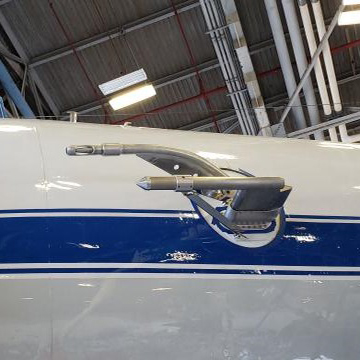
CAMP2EX
Past
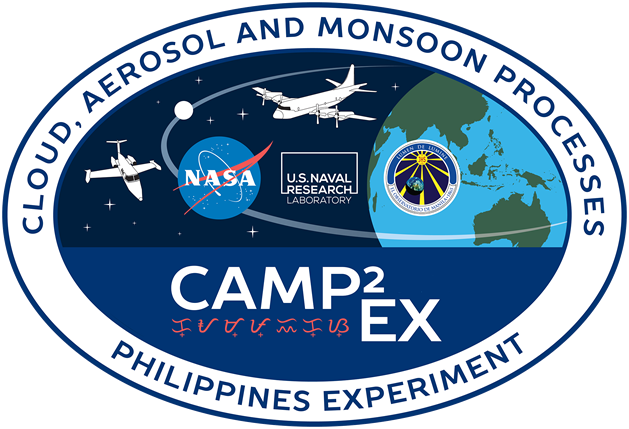 NASA CAMP2Ex (The Cloud, Aerosol and Monsoon Processes Philippines Experiment) is a multi-platform international mission studying aerosol-cloud-radiation interactions associated with the Southwest Monsoon. NASA Langley supported the CAMP2EX mission in 2019 by participating in extensive flight planning activities and helping to guide the P-3B aircraft to areas of study interest.
NASA CAMP2Ex (The Cloud, Aerosol and Monsoon Processes Philippines Experiment) is a multi-platform international mission studying aerosol-cloud-radiation interactions associated with the Southwest Monsoon. NASA Langley supported the CAMP2EX mission in 2019 by participating in extensive flight planning activities and helping to guide the P-3B aircraft to areas of study interest.
+ Learn More
 NASA CAMP2Ex (The Cloud, Aerosol and Monsoon Processes Philippines Experiment) is a multi-platform international mission studying aerosol-cloud-radiation interactions associated with the Southwest Monsoon. NASA Langley supported the CAMP2EX mission in 2019 by participating in extensive flight planning activities and helping to guide the P-3B aircraft to areas of study interest.
NASA CAMP2Ex (The Cloud, Aerosol and Monsoon Processes Philippines Experiment) is a multi-platform international mission studying aerosol-cloud-radiation interactions associated with the Southwest Monsoon. NASA Langley supported the CAMP2EX mission in 2019 by participating in extensive flight planning activities and helping to guide the P-3B aircraft to areas of study interest.+ Learn More
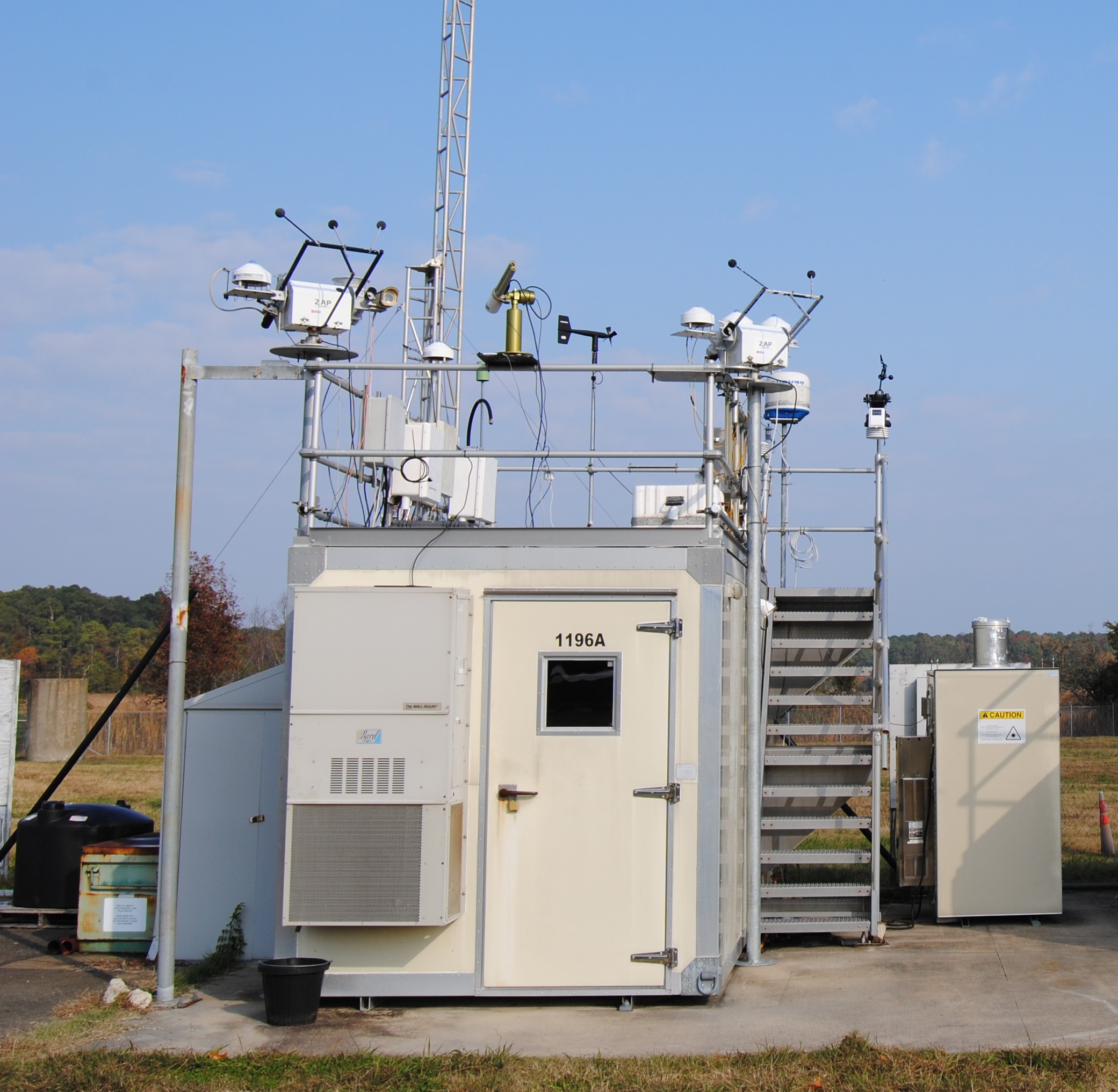
CAPABLE
Present
The Chemistry and Physics Atmospheric Boundary Layer Experiment (CAPABLE) is a ground-based observation site created in 2009 that is dedicated to studying atmospheric conditions in the Tidewater region of Virginia.
+ Learn More
The Chemistry and Physics Atmospheric Boundary Layer Experiment (CAPABLE) is a ground-based observation site created in 2009 that is dedicated to studying atmospheric conditions in the Tidewater region of Virginia.
+ Learn More
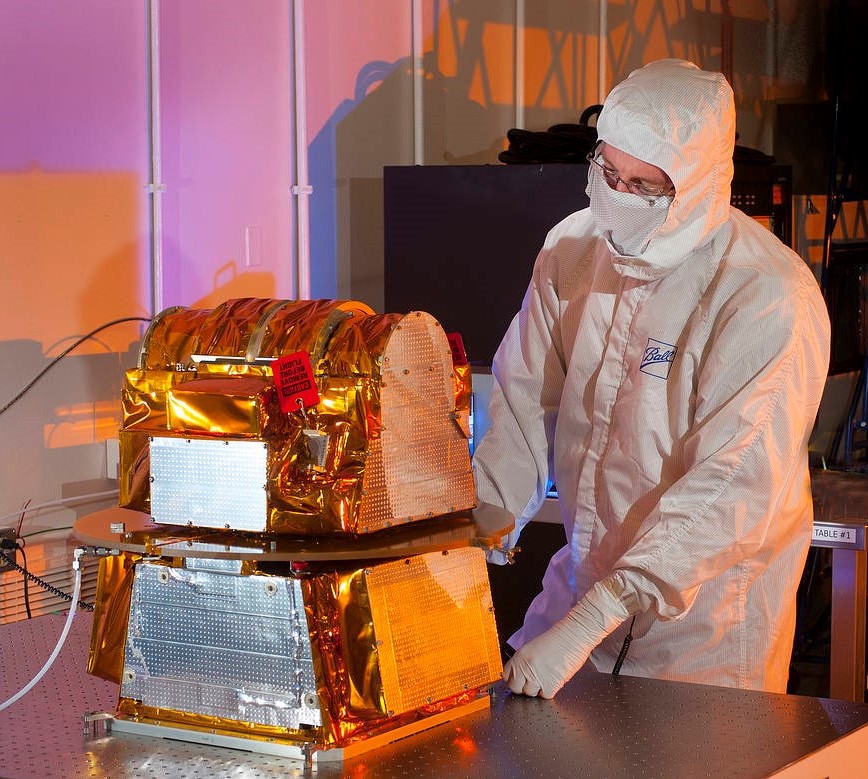
CERES
Present
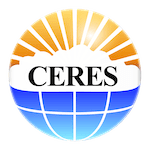 The Clouds and the Earth’s Radiant Energy System (CERES) project provides satellite-based observations of ERB and clouds. It uses measurements from CERES instruments flying on several satellites along with data from many other instruments to produce a comprehensive set of ERB data products for climate, weather and applied science research.
The Clouds and the Earth’s Radiant Energy System (CERES) project provides satellite-based observations of ERB and clouds. It uses measurements from CERES instruments flying on several satellites along with data from many other instruments to produce a comprehensive set of ERB data products for climate, weather and applied science research.
+ Learn More
 The Clouds and the Earth’s Radiant Energy System (CERES) project provides satellite-based observations of ERB and clouds. It uses measurements from CERES instruments flying on several satellites along with data from many other instruments to produce a comprehensive set of ERB data products for climate, weather and applied science research.
The Clouds and the Earth’s Radiant Energy System (CERES) project provides satellite-based observations of ERB and clouds. It uses measurements from CERES instruments flying on several satellites along with data from many other instruments to produce a comprehensive set of ERB data products for climate, weather and applied science research.+ Learn More

CERES FM-6
Present
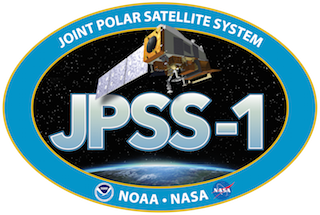 Deployed aboard the NOAA-20/JPSS-1 Spacecraft in November 2017, CERES Flight Model 6 (FM-6) continues observations that help measure the effect of clouds on the earth energy balance, which strongly influences both weather and climate.
Deployed aboard the NOAA-20/JPSS-1 Spacecraft in November 2017, CERES Flight Model 6 (FM-6) continues observations that help measure the effect of clouds on the earth energy balance, which strongly influences both weather and climate.
+ Learn More
 Deployed aboard the NOAA-20/JPSS-1 Spacecraft in November 2017, CERES Flight Model 6 (FM-6) continues observations that help measure the effect of clouds on the earth energy balance, which strongly influences both weather and climate.
Deployed aboard the NOAA-20/JPSS-1 Spacecraft in November 2017, CERES Flight Model 6 (FM-6) continues observations that help measure the effect of clouds on the earth energy balance, which strongly influences both weather and climate.+ Learn More
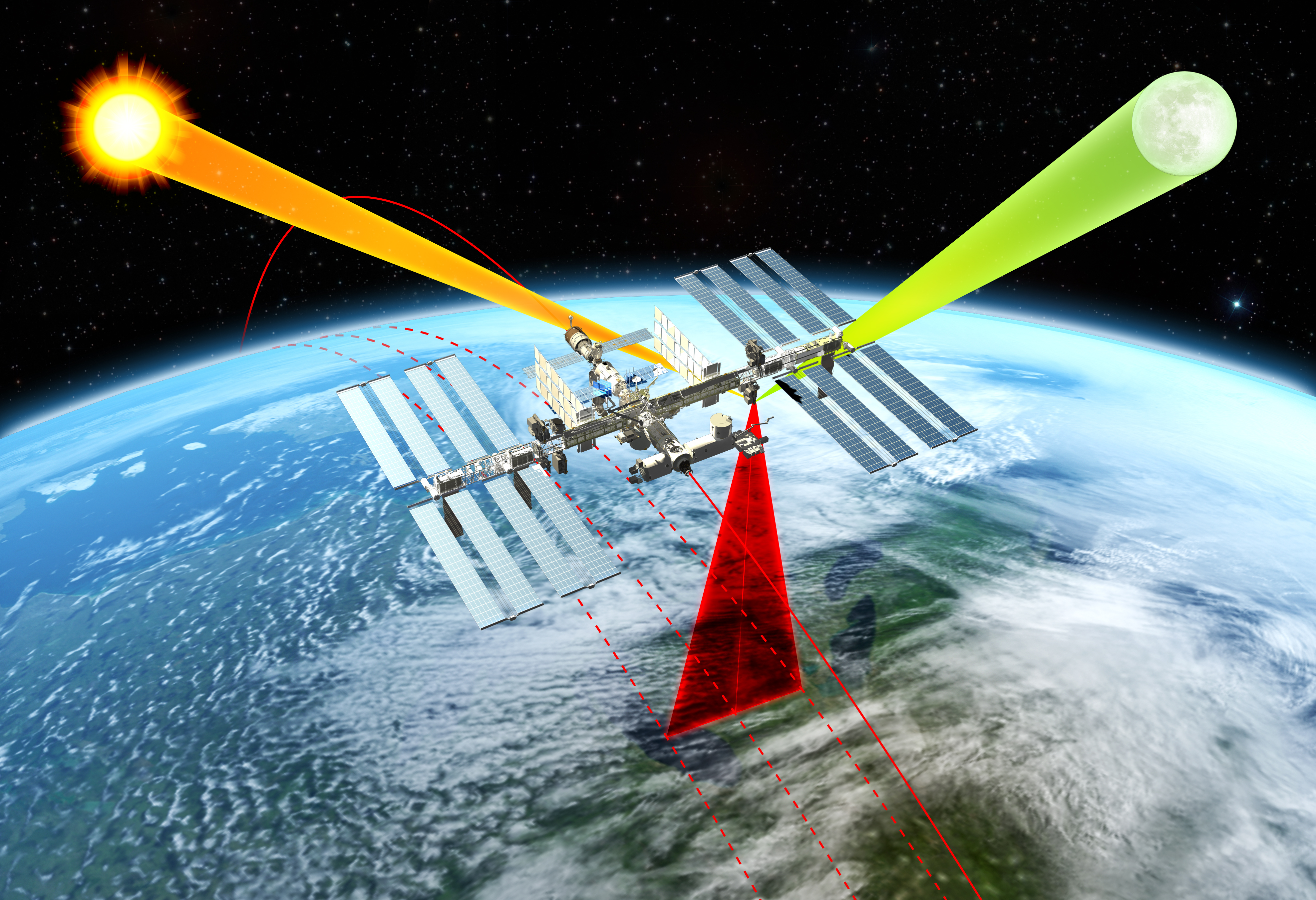
CLARREO Pathfinder
Present
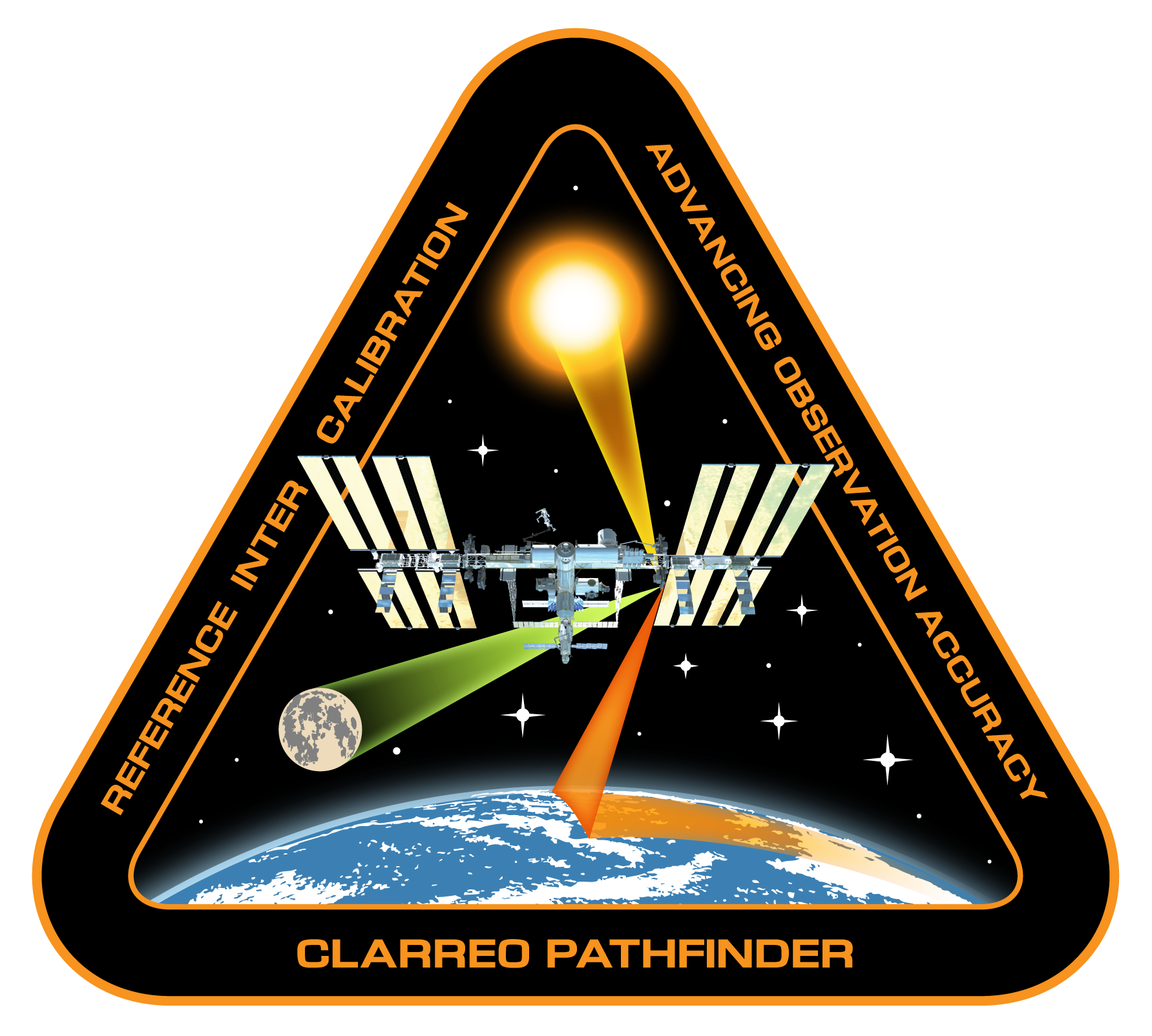 CLARREO Pathfinder’s data will help us better understand Earth’s changing climate. CLARREO Pathfinder (CPF) data will do this by taking highly accurate measurements of sunlight reflected by Earth and the Moon. + Learn More
CLARREO Pathfinder’s data will help us better understand Earth’s changing climate. CLARREO Pathfinder (CPF) data will do this by taking highly accurate measurements of sunlight reflected by Earth and the Moon. + Learn More
 CLARREO Pathfinder’s data will help us better understand Earth’s changing climate. CLARREO Pathfinder (CPF) data will do this by taking highly accurate measurements of sunlight reflected by Earth and the Moon. + Learn More
CLARREO Pathfinder’s data will help us better understand Earth’s changing climate. CLARREO Pathfinder (CPF) data will do this by taking highly accurate measurements of sunlight reflected by Earth and the Moon. + Learn More
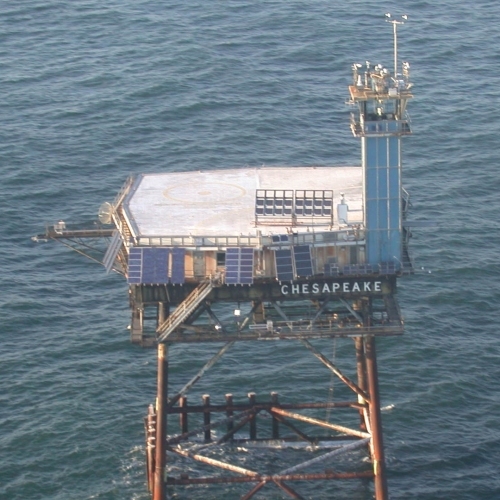
COVE
Past
After 17 years of continuous operation, the CERES Ocean Validation Experiment (COVE) at Chesapeake Light Station, has been indefinitely suspended due to structural concerns. All pertinent equipment as well as most instrumentation, power and communication hardware have been removed as of December 2016. All data acquisition operations were discontinued at that time.
+ Learn More
After 17 years of continuous operation, the CERES Ocean Validation Experiment (COVE) at Chesapeake Light Station, has been indefinitely suspended due to structural concerns. All pertinent equipment as well as most instrumentation, power and communication hardware have been removed as of December 2016. All data acquisition operations were discontinued at that time.
+ Learn More

CPEX-AW
Past
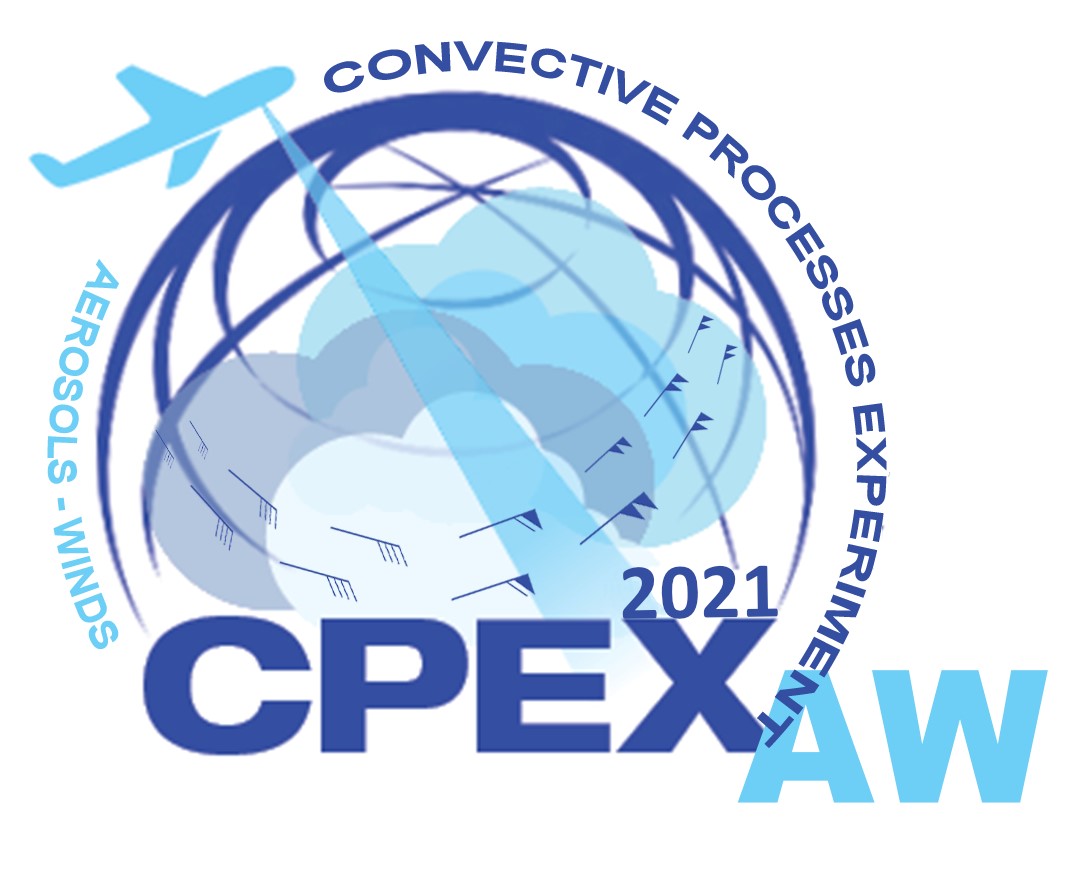 CPEX-AW contributed to the cal/val of the ADM-AEOLUS satellite and studied the dynamics between the Saharan Air Layer, easterly waves and jets, and the deep convection in the ITCZ. CPEX-AW employed the most comprehensive suite of remote sensors including several of LaRCs airborne science instruments including HALO, DAWN and Dropsondes.
+ Learn More
CPEX-AW contributed to the cal/val of the ADM-AEOLUS satellite and studied the dynamics between the Saharan Air Layer, easterly waves and jets, and the deep convection in the ITCZ. CPEX-AW employed the most comprehensive suite of remote sensors including several of LaRCs airborne science instruments including HALO, DAWN and Dropsondes.
+ Learn More
 CPEX-AW contributed to the cal/val of the ADM-AEOLUS satellite and studied the dynamics between the Saharan Air Layer, easterly waves and jets, and the deep convection in the ITCZ. CPEX-AW employed the most comprehensive suite of remote sensors including several of LaRCs airborne science instruments including HALO, DAWN and Dropsondes.
+ Learn More
CPEX-AW contributed to the cal/val of the ADM-AEOLUS satellite and studied the dynamics between the Saharan Air Layer, easterly waves and jets, and the deep convection in the ITCZ. CPEX-AW employed the most comprehensive suite of remote sensors including several of LaRCs airborne science instruments including HALO, DAWN and Dropsondes.
+ Learn More
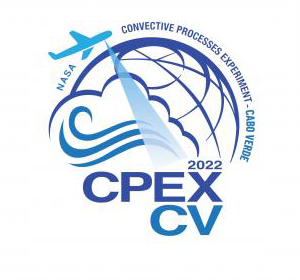
CPEX-CV
Future
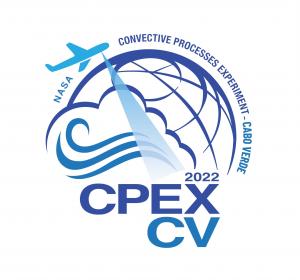 The Weather and Atmospheric Dynamics Program will execute an airborne field campaign on the NASA DC-8 based out of Cabo Verde during September 2022.
The Weather and Atmospheric Dynamics Program will execute an airborne field campaign on the NASA DC-8 based out of Cabo Verde during September 2022.
+ Learn More
 The Weather and Atmospheric Dynamics Program will execute an airborne field campaign on the NASA DC-8 based out of Cabo Verde during September 2022.
The Weather and Atmospheric Dynamics Program will execute an airborne field campaign on the NASA DC-8 based out of Cabo Verde during September 2022.
+ Learn More
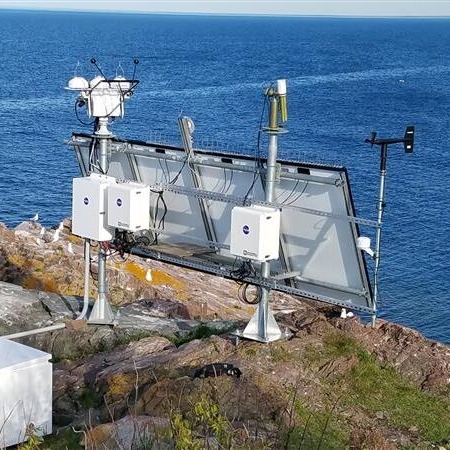
CRAVE
Present
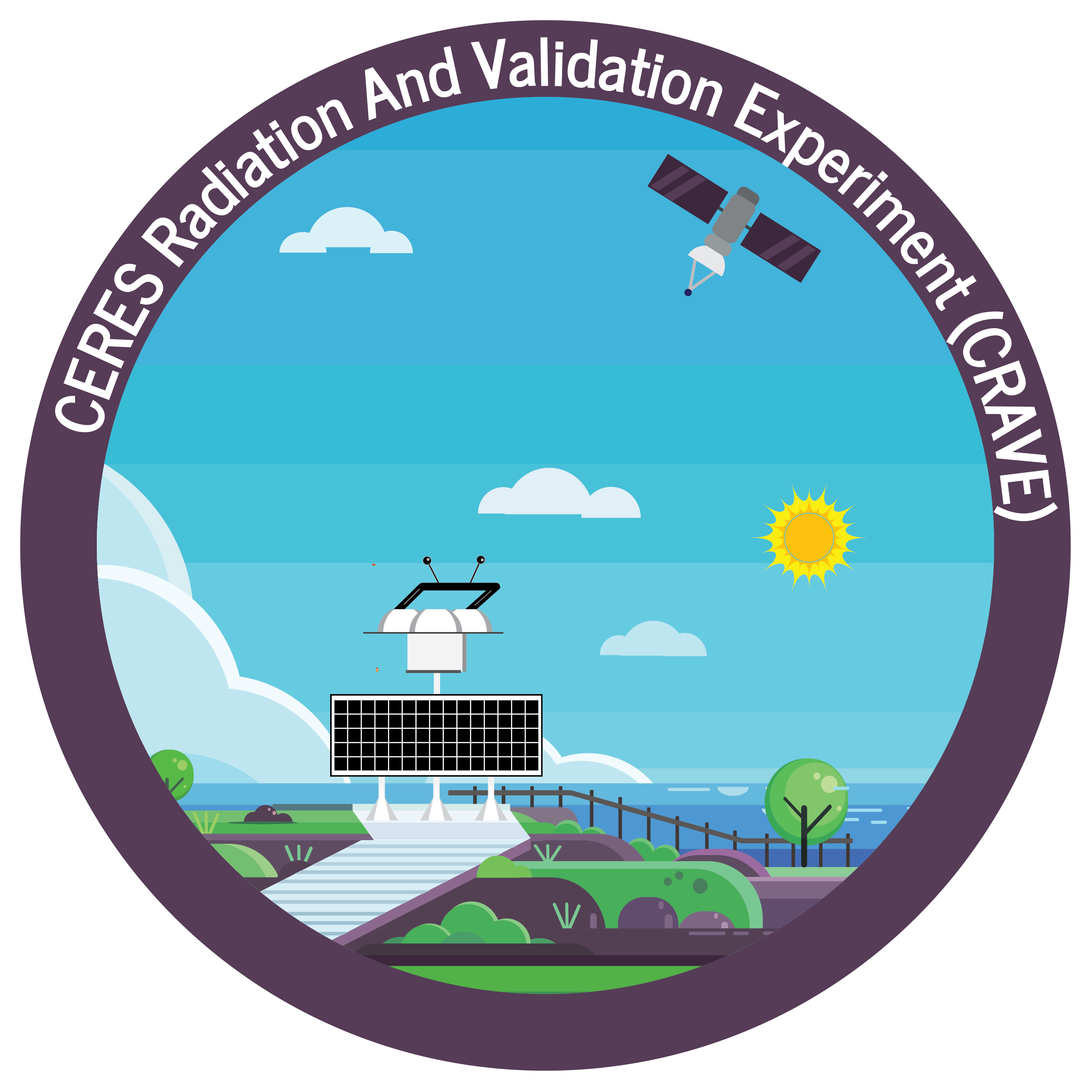 The CERES Radiation and Validation Experiment (CRAVE) provides continuous world-class surface radiation measurements and validation of CERES and other satellite products. CRAVE consists of three sites (2 active and 1 legacy). + Learn More
The CERES Radiation and Validation Experiment (CRAVE) provides continuous world-class surface radiation measurements and validation of CERES and other satellite products. CRAVE consists of three sites (2 active and 1 legacy). + Learn More
 The CERES Radiation and Validation Experiment (CRAVE) provides continuous world-class surface radiation measurements and validation of CERES and other satellite products. CRAVE consists of three sites (2 active and 1 legacy). + Learn More
The CERES Radiation and Validation Experiment (CRAVE) provides continuous world-class surface radiation measurements and validation of CERES and other satellite products. CRAVE consists of three sites (2 active and 1 legacy). + Learn More
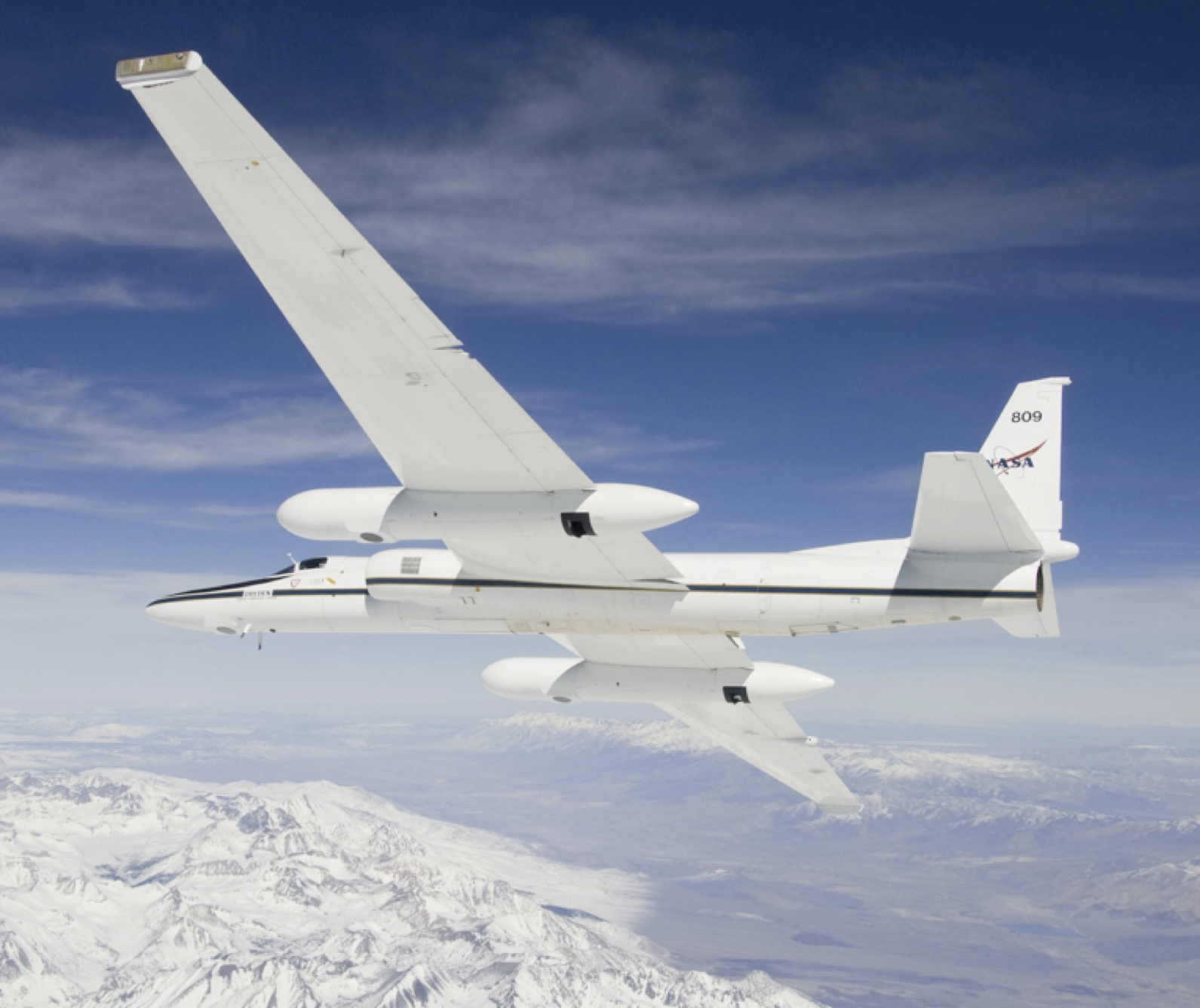
DCOTSS
Present
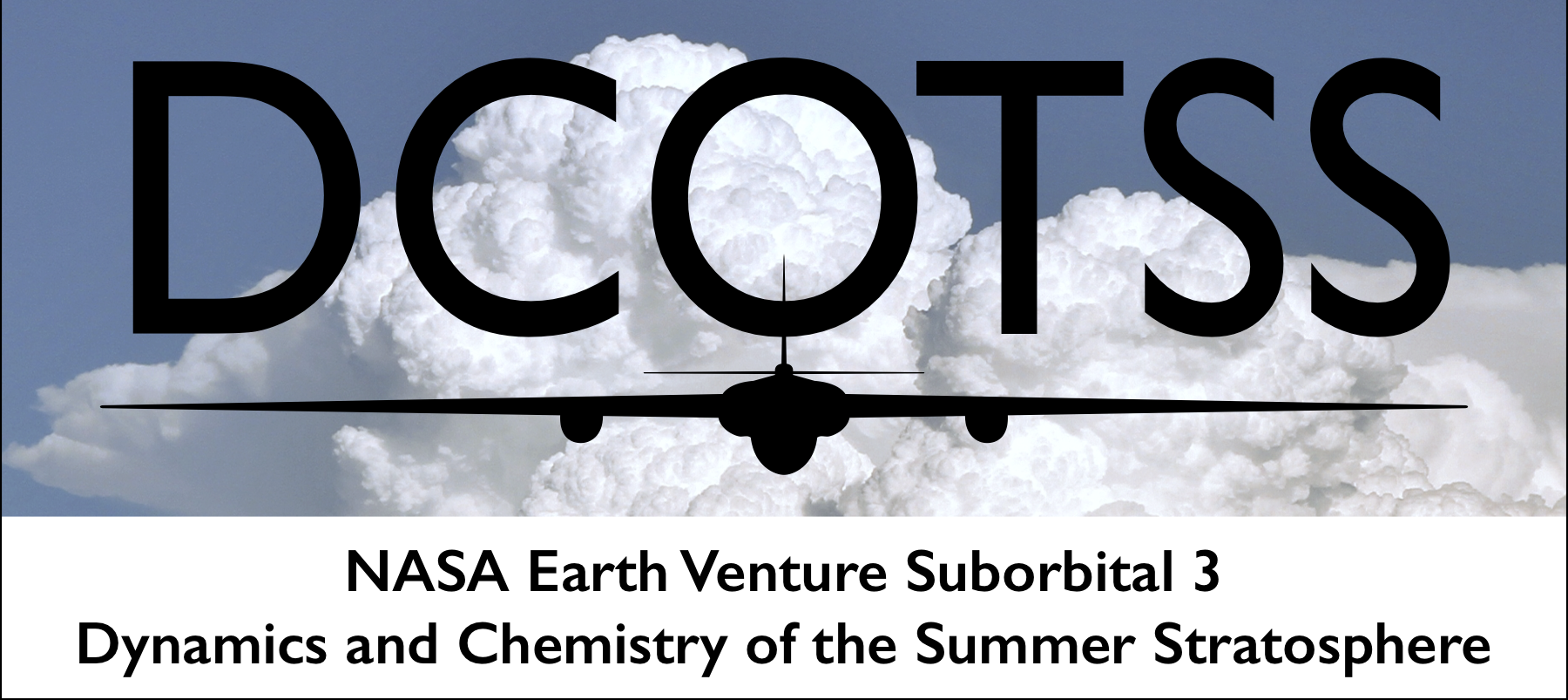 Using online collaboration tools in preparation for the Dynamics and Chemistry of the Summer Stratosphere (DCOTSS) Earth Venture field campaign, NASA Langley contributed to a simulated flight planning exercise conducted in July 2019.
Using online collaboration tools in preparation for the Dynamics and Chemistry of the Summer Stratosphere (DCOTSS) Earth Venture field campaign, NASA Langley contributed to a simulated flight planning exercise conducted in July 2019.
+ Learn More
 Using online collaboration tools in preparation for the Dynamics and Chemistry of the Summer Stratosphere (DCOTSS) Earth Venture field campaign, NASA Langley contributed to a simulated flight planning exercise conducted in July 2019.
Using online collaboration tools in preparation for the Dynamics and Chemistry of the Summer Stratosphere (DCOTSS) Earth Venture field campaign, NASA Langley contributed to a simulated flight planning exercise conducted in July 2019.+ Learn More
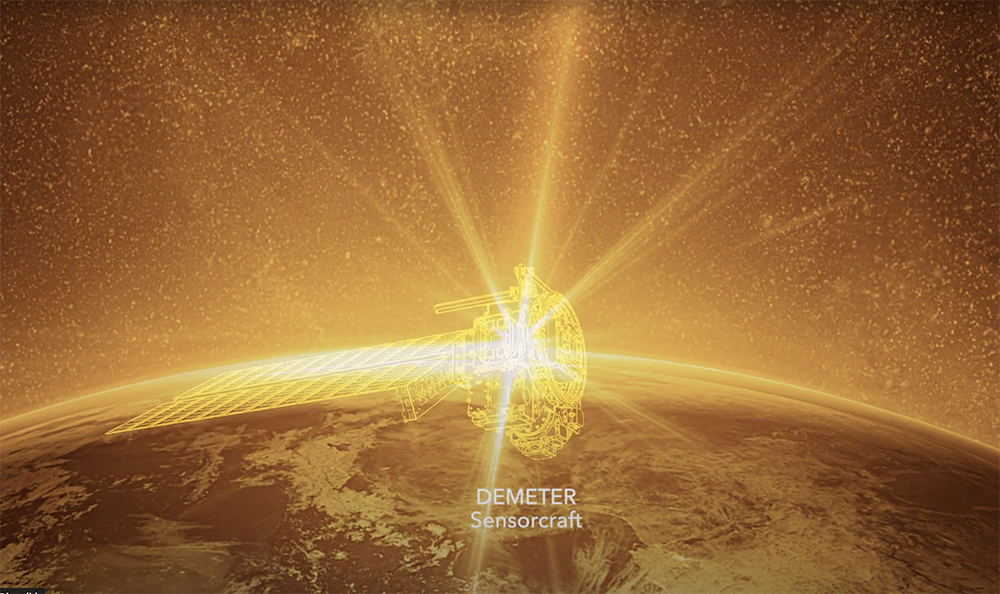
DEMETER
Future
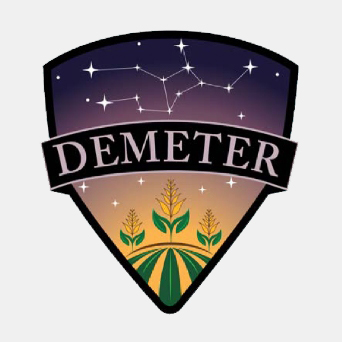 DEMETER is an ESTO-funded next-generation radiometric sensor that will not only dramatically reduce the size and weight of satellites sent to monitor ERB, but also greatly increase the utility of these instruments for meeting the evolving needs of the climate-modeling community.
DEMETER is an ESTO-funded next-generation radiometric sensor that will not only dramatically reduce the size and weight of satellites sent to monitor ERB, but also greatly increase the utility of these instruments for meeting the evolving needs of the climate-modeling community.
+ Learn More
 DEMETER is an ESTO-funded next-generation radiometric sensor that will not only dramatically reduce the size and weight of satellites sent to monitor ERB, but also greatly increase the utility of these instruments for meeting the evolving needs of the climate-modeling community.
DEMETER is an ESTO-funded next-generation radiometric sensor that will not only dramatically reduce the size and weight of satellites sent to monitor ERB, but also greatly increase the utility of these instruments for meeting the evolving needs of the climate-modeling community.+ Learn More
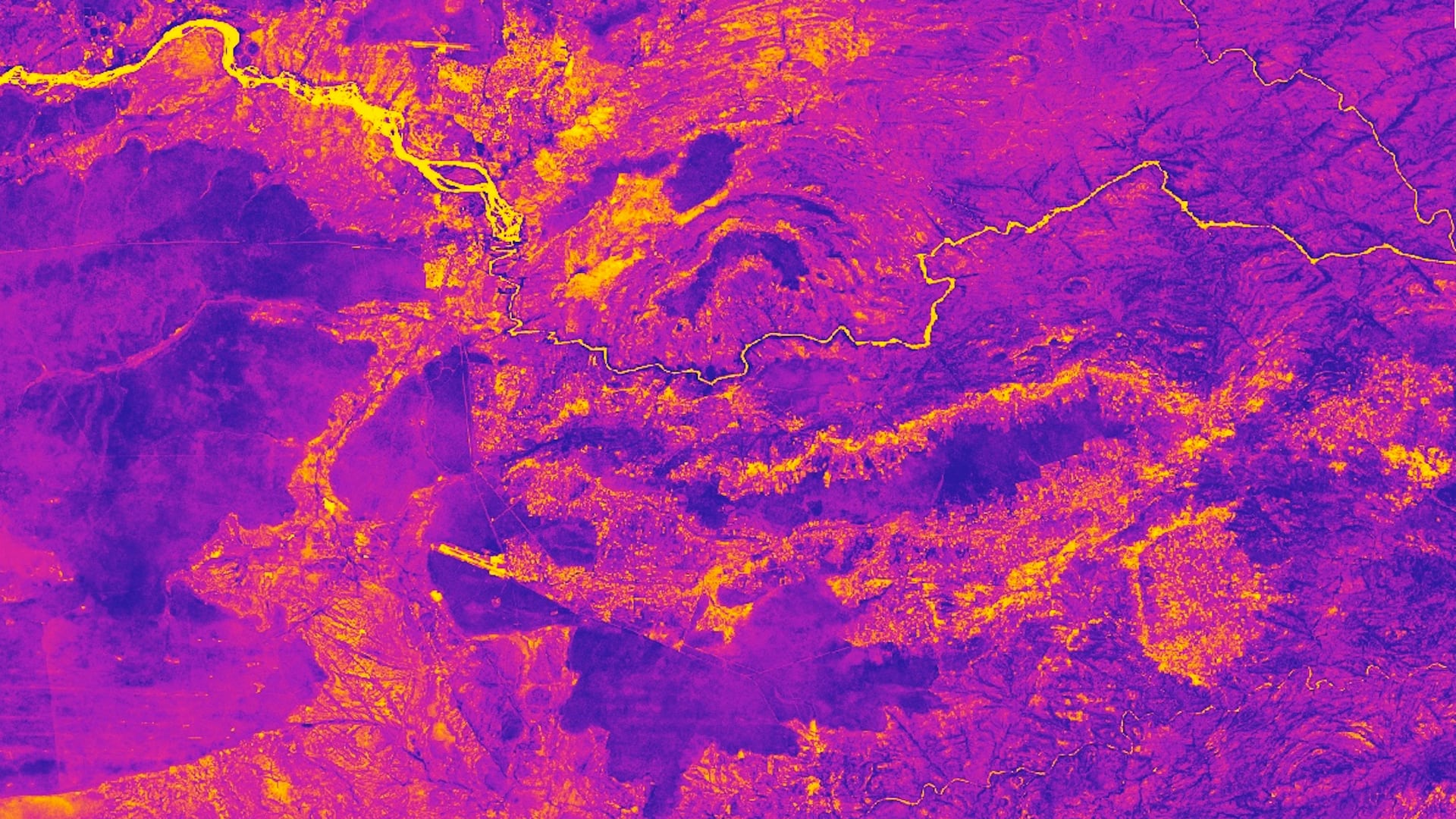
DEVELOP
Present
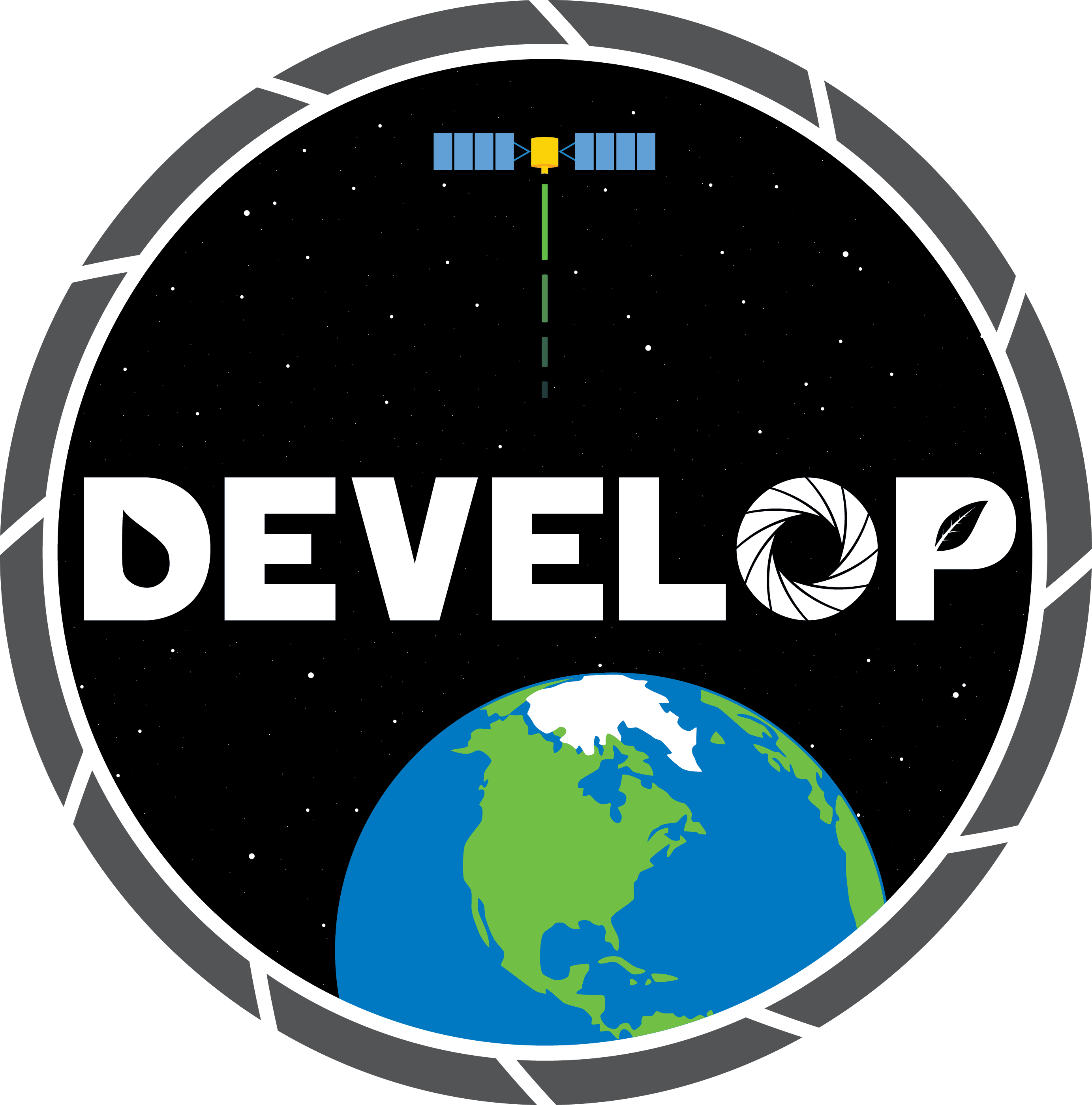 DEVELOP, part of NASA’s Applied Sciences Program, addresses environmental and public policy issues through interdisciplinary research projects that apply the lens of NASA Earth observations to community concerns around the globe. + Learn More
DEVELOP, part of NASA’s Applied Sciences Program, addresses environmental and public policy issues through interdisciplinary research projects that apply the lens of NASA Earth observations to community concerns around the globe. + Learn More
 DEVELOP, part of NASA’s Applied Sciences Program, addresses environmental and public policy issues through interdisciplinary research projects that apply the lens of NASA Earth observations to community concerns around the globe. + Learn More
DEVELOP, part of NASA’s Applied Sciences Program, addresses environmental and public policy issues through interdisciplinary research projects that apply the lens of NASA Earth observations to community concerns around the globe. + Learn More
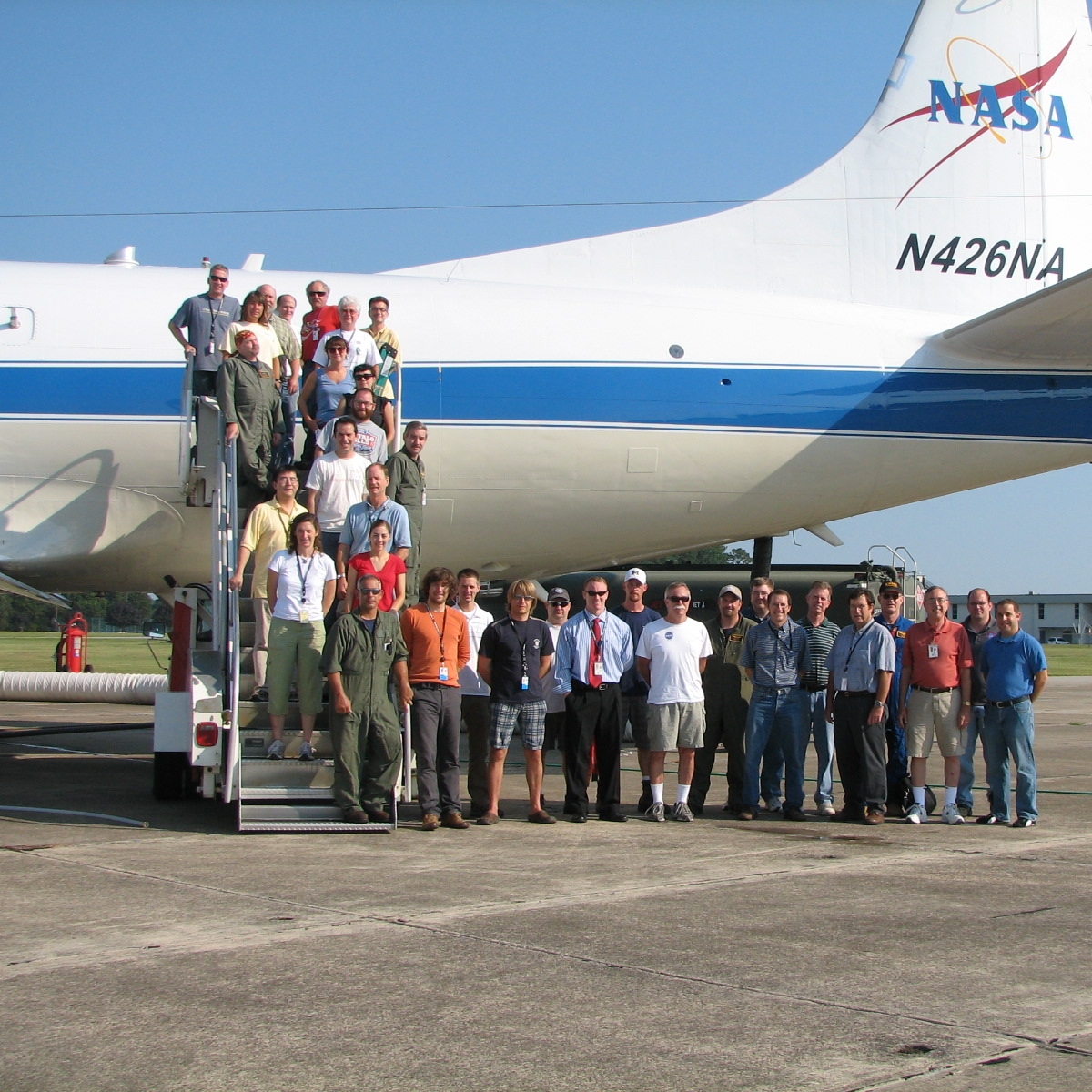
DISCOVER-AQ
Past

DISCOVER-AQ was a four-year campaign to improve the use of satellites to monitor air quality for public health and environmental benefit.
+ Learn More

DISCOVER-AQ was a four-year campaign to improve the use of satellites to monitor air quality for public health and environmental benefit.
+ Learn More

Elementary GLOBE
Current
 Elementary GLOBE’s modules introduce students in grades K-4 to the various aspects of Earth system science. Using a storybook approach, the modules utilize a science-based, fictional narrative to engage students in the scientific method. The modules also challenge them to extend their lessons into the natural world through observation and measurement of their surrounding environment.
Elementary GLOBE’s modules introduce students in grades K-4 to the various aspects of Earth system science. Using a storybook approach, the modules utilize a science-based, fictional narrative to engage students in the scientific method. The modules also challenge them to extend their lessons into the natural world through observation and measurement of their surrounding environment.
+ Learn More
 Elementary GLOBE’s modules introduce students in grades K-4 to the various aspects of Earth system science. Using a storybook approach, the modules utilize a science-based, fictional narrative to engage students in the scientific method. The modules also challenge them to extend their lessons into the natural world through observation and measurement of their surrounding environment.
Elementary GLOBE’s modules introduce students in grades K-4 to the various aspects of Earth system science. Using a storybook approach, the modules utilize a science-based, fictional narrative to engage students in the scientific method. The modules also challenge them to extend their lessons into the natural world through observation and measurement of their surrounding environment. + Learn More
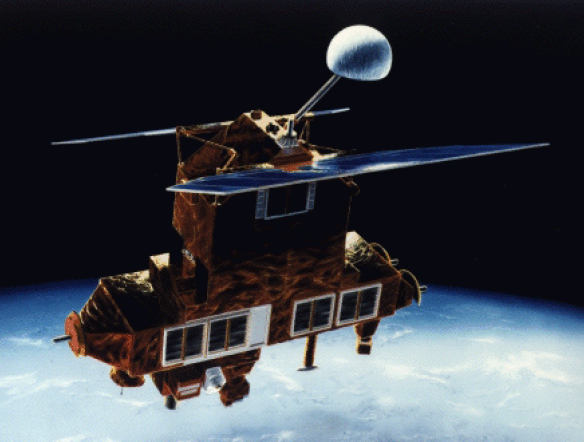
ERBS
Past
The ERBS satellite was deployed from the Space Shuttle Challenger in October 1984 by NASA Astronaut Sally Ride and later launched by the Shuttle “Challenger” crew into a 57 degree inclination precessing orbit with a period of approximately 72 days.
+ Learn More
The ERBS satellite was deployed from the Space Shuttle Challenger in October 1984 by NASA Astronaut Sally Ride and later launched by the Shuttle “Challenger” crew into a 57 degree inclination precessing orbit with a period of approximately 72 days.
+ Learn More
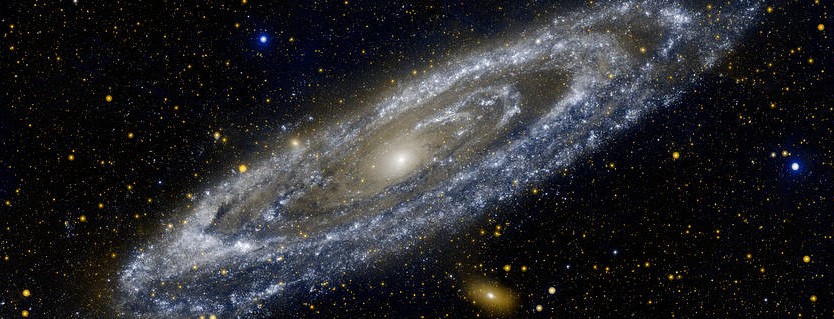
ESCAPE
Future
The Extreme-ultraviolet Stellar Characterization for Atmospheric Physics and Evolution (ESCAPE) Mission will study cosmic explosions and the debris they leave behind, and monitor how nearby stellar flares may affect the atmospheres of orbiting planets. + Learn More
The Extreme-ultraviolet Stellar Characterization for Atmospheric Physics and Evolution (ESCAPE) Mission will study cosmic explosions and the debris they leave behind, and monitor how nearby stellar flares may affect the atmospheres of orbiting planets. + Learn More
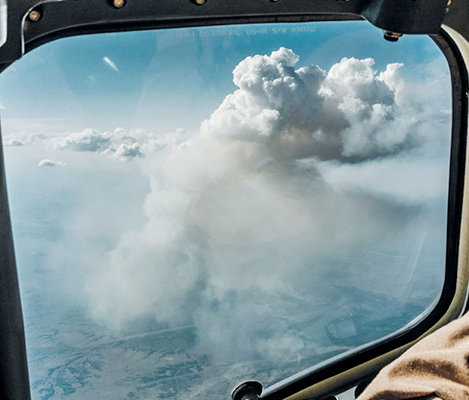
FIREX-AQ
Present
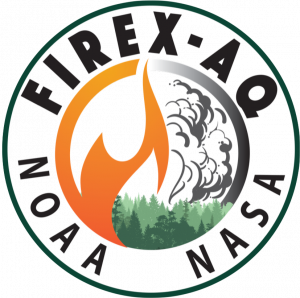 Fire Influence on Regional to Global Environments and Air Quality (FIREX-AQ), a joint venture between NOAA and NASA, is a comprehensive wildfire smoke investigation and the latest in a long history of collaborative research between the two federal science agencies. + Learn More
Fire Influence on Regional to Global Environments and Air Quality (FIREX-AQ), a joint venture between NOAA and NASA, is a comprehensive wildfire smoke investigation and the latest in a long history of collaborative research between the two federal science agencies. + Learn More
 Fire Influence on Regional to Global Environments and Air Quality (FIREX-AQ), a joint venture between NOAA and NASA, is a comprehensive wildfire smoke investigation and the latest in a long history of collaborative research between the two federal science agencies. + Learn More
Fire Influence on Regional to Global Environments and Air Quality (FIREX-AQ), a joint venture between NOAA and NASA, is a comprehensive wildfire smoke investigation and the latest in a long history of collaborative research between the two federal science agencies. + Learn More
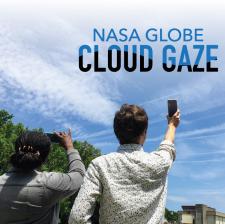
GLOBE CLOUD GAZE
Past
 The NASA GLOBE CLOUD GAZE citizen science project extracts cloud properties from sky photographs submitted to the GLOBE Program using the Zooniverse online platform. The project produces datasets that are collocated to ground-cloud reports and satellite data that serve as training sets for machine learning.
The NASA GLOBE CLOUD GAZE citizen science project extracts cloud properties from sky photographs submitted to the GLOBE Program using the Zooniverse online platform. The project produces datasets that are collocated to ground-cloud reports and satellite data that serve as training sets for machine learning.
+ Learn More
 The NASA GLOBE CLOUD GAZE citizen science project extracts cloud properties from sky photographs submitted to the GLOBE Program using the Zooniverse online platform. The project produces datasets that are collocated to ground-cloud reports and satellite data that serve as training sets for machine learning.
The NASA GLOBE CLOUD GAZE citizen science project extracts cloud properties from sky photographs submitted to the GLOBE Program using the Zooniverse online platform. The project produces datasets that are collocated to ground-cloud reports and satellite data that serve as training sets for machine learning. + Learn More
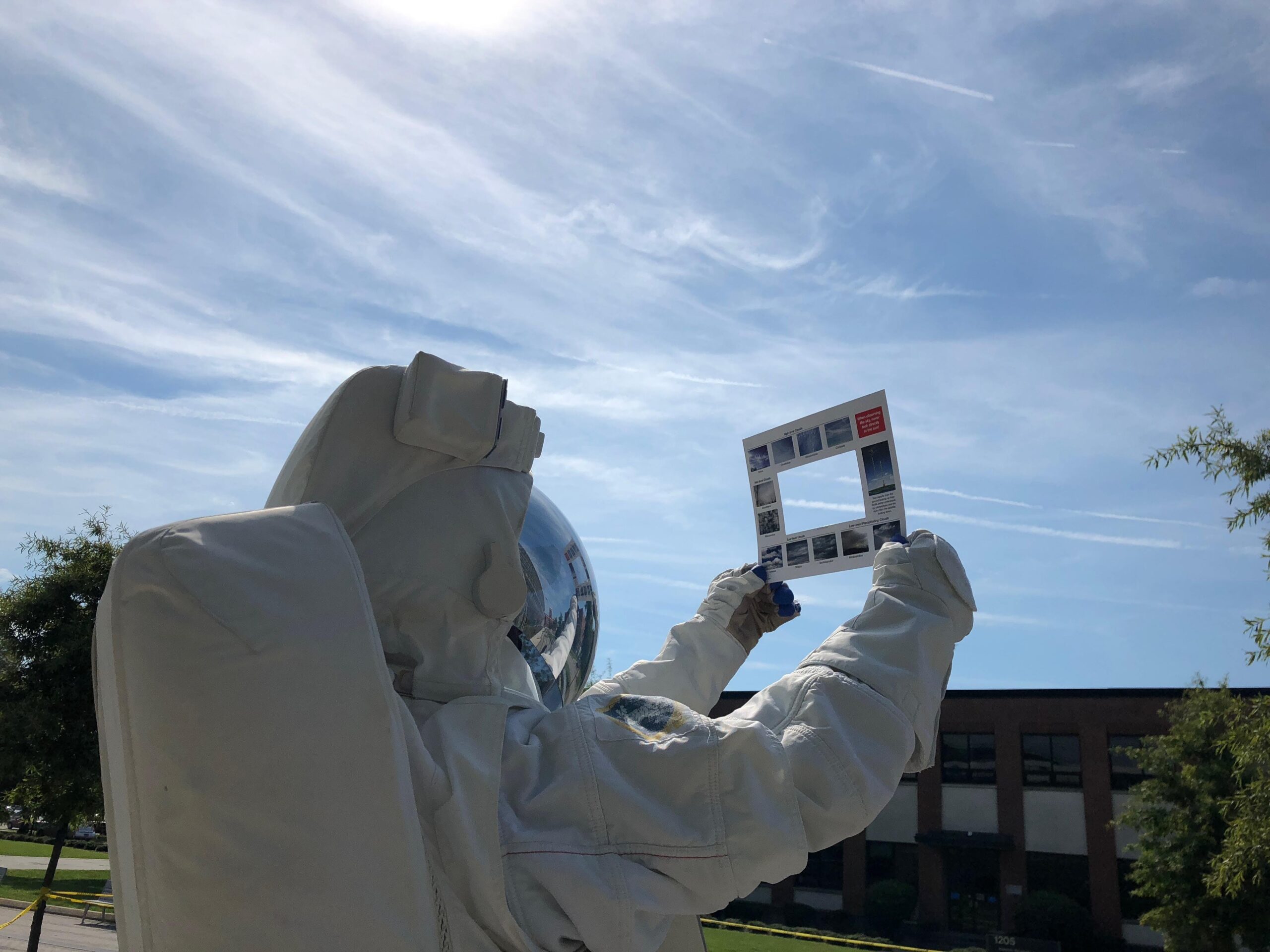
GLOBE Clouds/S’COOL
Present
 The CERES S’COOL project has joined forces with the GLOBE Program creating a larger community of cloud observers across 120+ countries. GLOBE Clouds provides tips on making observations of clouds and educational resources on the importance of clouds as powerful agents of global change.
The CERES S’COOL project has joined forces with the GLOBE Program creating a larger community of cloud observers across 120+ countries. GLOBE Clouds provides tips on making observations of clouds and educational resources on the importance of clouds as powerful agents of global change.
+ Learn More
 The CERES S’COOL project has joined forces with the GLOBE Program creating a larger community of cloud observers across 120+ countries. GLOBE Clouds provides tips on making observations of clouds and educational resources on the importance of clouds as powerful agents of global change.
The CERES S’COOL project has joined forces with the GLOBE Program creating a larger community of cloud observers across 120+ countries. GLOBE Clouds provides tips on making observations of clouds and educational resources on the importance of clouds as powerful agents of global change. + Learn More
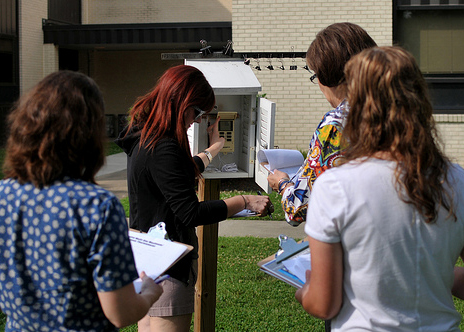
GLOBE at Langley
Present
 NASA’s Langley has been a GLOBE Partner since 2003 providing support to educators implementing GLOBE and providing scientific research support for various atmospheric science protocols. GLOBE is a worldwide hands-on, science and education program that promotes collaboration among students, teachers, the citizen science community, and scientists.
NASA’s Langley has been a GLOBE Partner since 2003 providing support to educators implementing GLOBE and providing scientific research support for various atmospheric science protocols. GLOBE is a worldwide hands-on, science and education program that promotes collaboration among students, teachers, the citizen science community, and scientists.
+ Learn More
 NASA’s Langley has been a GLOBE Partner since 2003 providing support to educators implementing GLOBE and providing scientific research support for various atmospheric science protocols. GLOBE is a worldwide hands-on, science and education program that promotes collaboration among students, teachers, the citizen science community, and scientists.
NASA’s Langley has been a GLOBE Partner since 2003 providing support to educators implementing GLOBE and providing scientific research support for various atmospheric science protocols. GLOBE is a worldwide hands-on, science and education program that promotes collaboration among students, teachers, the citizen science community, and scientists.+ Learn More

GLOBE Observer
Current
 GLOBE Observer is an international network of citizen scientists and scientists working together to learn more about our shared environment and changing climate. To participate, just download the GLOBE Observer app and submit regular observations.
GLOBE Observer is an international network of citizen scientists and scientists working together to learn more about our shared environment and changing climate. To participate, just download the GLOBE Observer app and submit regular observations.
+ Get the App
 GLOBE Observer is an international network of citizen scientists and scientists working together to learn more about our shared environment and changing climate. To participate, just download the GLOBE Observer app and submit regular observations.
GLOBE Observer is an international network of citizen scientists and scientists working together to learn more about our shared environment and changing climate. To participate, just download the GLOBE Observer app and submit regular observations. + Get the App
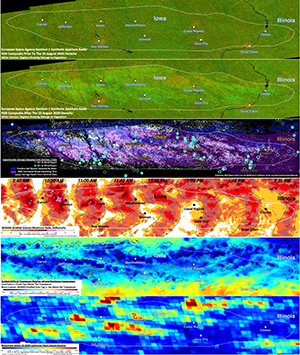
GOES Severe Storm Analysis
Present
GOES Severe Storm analysis is helping to reveal a layered picture of a storm that was historically intense.
+ Learn More
GOES Severe Storm analysis is helping to reveal a layered picture of a storm that was historically intense.
+ Learn More
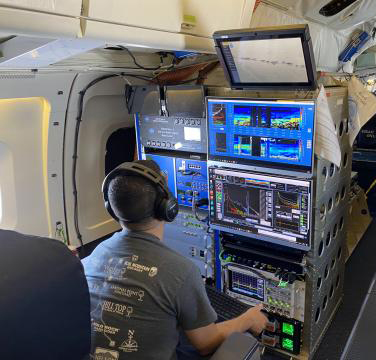
HALO
Present
The NASA Langley High Altitude Lidar Observatory (HALO) is used to characterize distributions of greenhouse gasses, and clouds and small particles in the atmosphere, called aerosols. From an airborne platform, the HALO instrument provides nadir-viewing profiles of water vapor, methane columns, and profiles of aerosol and cloud optical properties, which are used to study aerosol impacts on radiation, clouds, air quality, and methane emissions. + Learn More
The NASA Langley High Altitude Lidar Observatory (HALO) is used to characterize distributions of greenhouse gasses, and clouds and small particles in the atmosphere, called aerosols. From an airborne platform, the HALO instrument provides nadir-viewing profiles of water vapor, methane columns, and profiles of aerosol and cloud optical properties, which are used to study aerosol impacts on radiation, clouds, air quality, and methane emissions. + Learn More
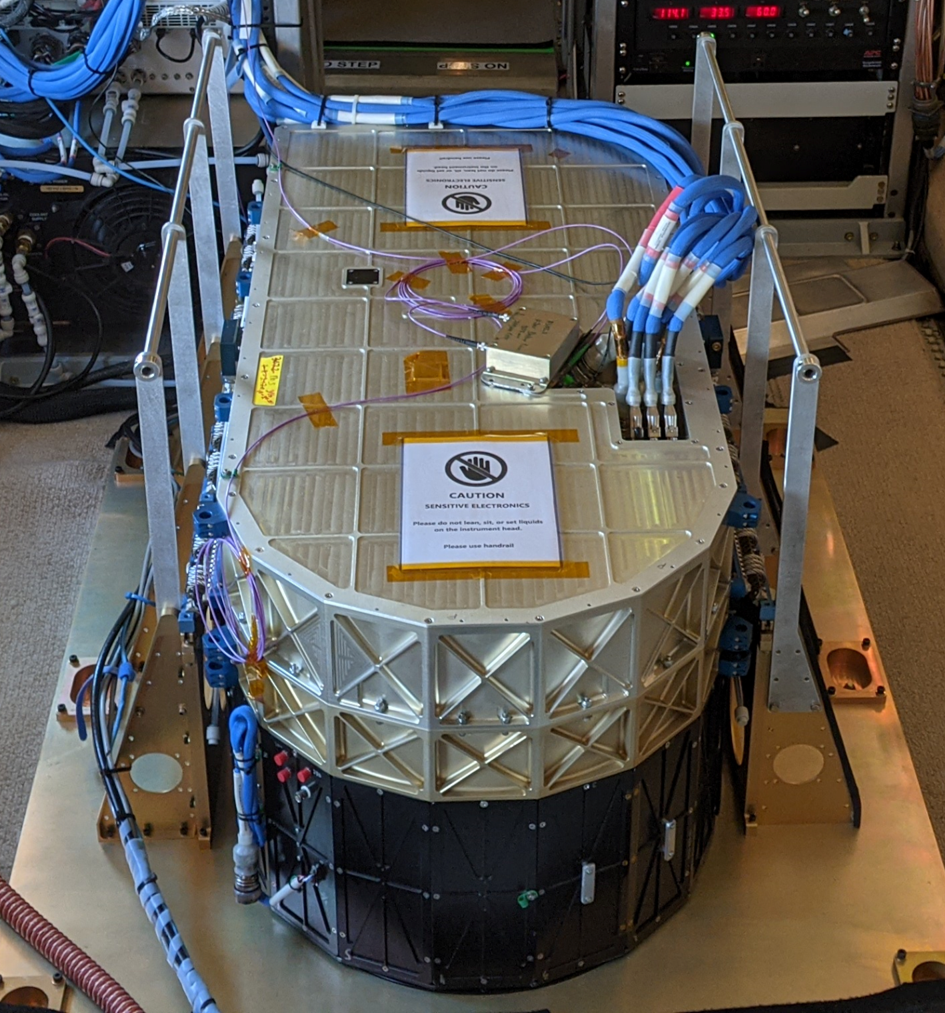
HSRL-2
Present
The NASA Langley airborne High Spectral Resolution Lidar 2 (HSRL) is used to characterize clouds and small particles in the atmosphere, called aerosols.
+ Learn More
The NASA Langley airborne High Spectral Resolution Lidar 2 (HSRL) is used to characterize clouds and small particles in the atmosphere, called aerosols.
+ Learn More
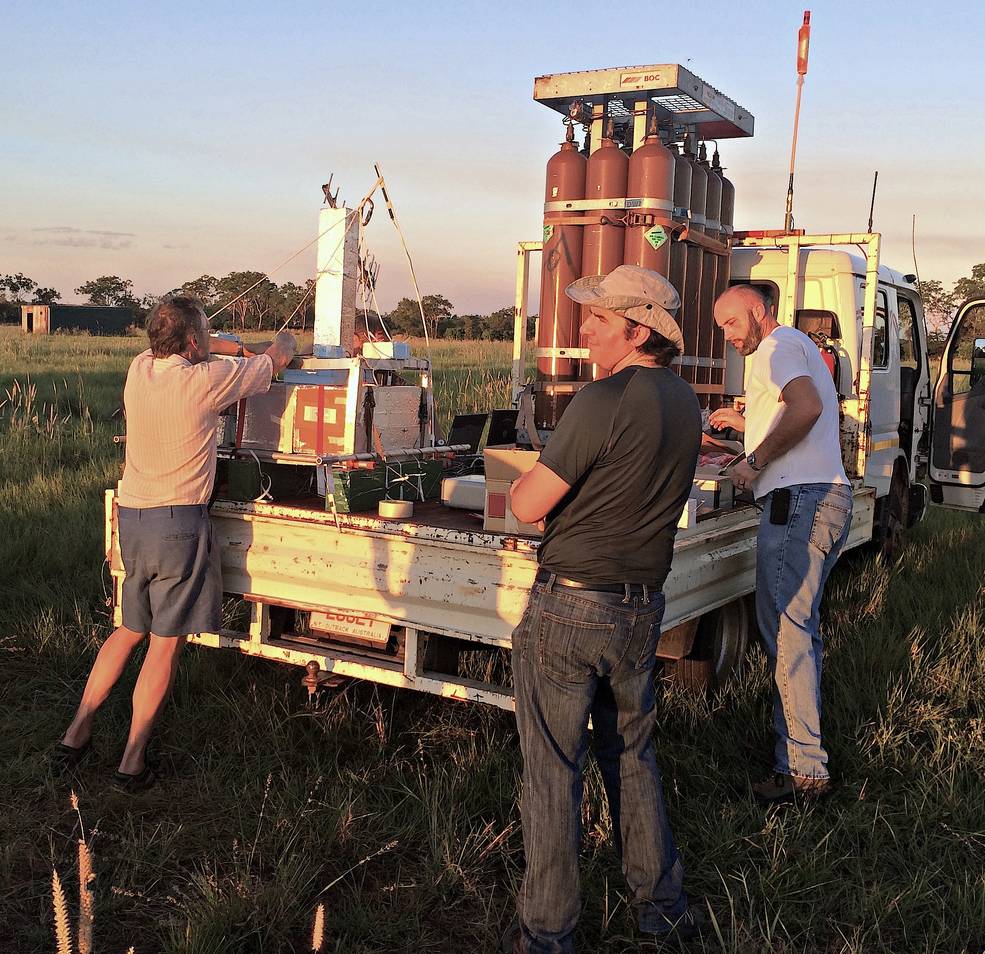
KLASH
Past
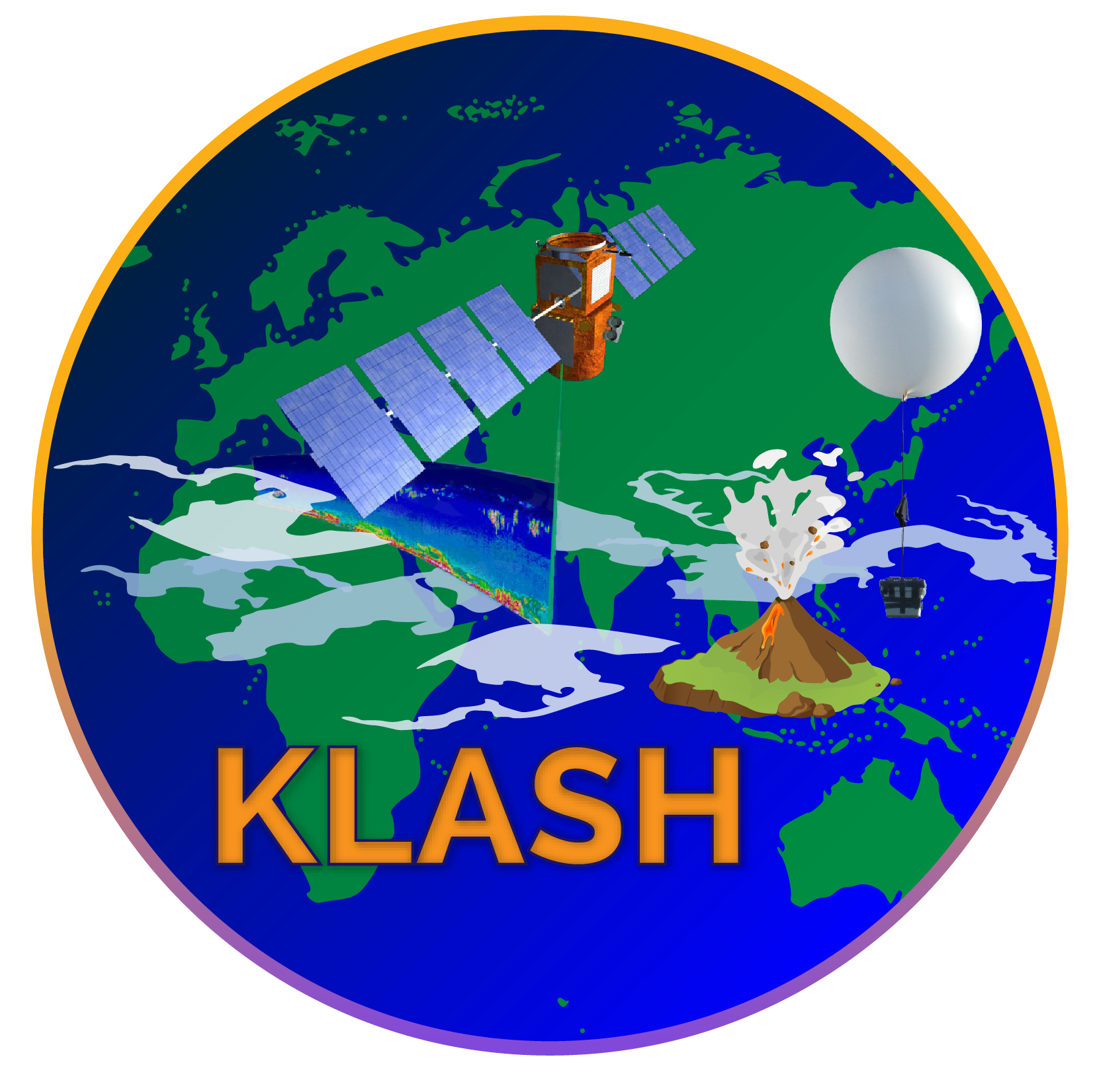 In February of 2014 a team of scientists from NASA’s Langley Research Center and the University of Wyoming mounted a rapid balloon deployment to make in situ measurements in this volcanic plume in order to assess its radiative and climate impacts and provide validation measurements for the CALIPSO space-borne lidar mission.
In February of 2014 a team of scientists from NASA’s Langley Research Center and the University of Wyoming mounted a rapid balloon deployment to make in situ measurements in this volcanic plume in order to assess its radiative and climate impacts and provide validation measurements for the CALIPSO space-borne lidar mission.
+ Learn More
 In February of 2014 a team of scientists from NASA’s Langley Research Center and the University of Wyoming mounted a rapid balloon deployment to make in situ measurements in this volcanic plume in order to assess its radiative and climate impacts and provide validation measurements for the CALIPSO space-borne lidar mission.
In February of 2014 a team of scientists from NASA’s Langley Research Center and the University of Wyoming mounted a rapid balloon deployment to make in situ measurements in this volcanic plume in order to assess its radiative and climate impacts and provide validation measurements for the CALIPSO space-borne lidar mission.+ Learn More
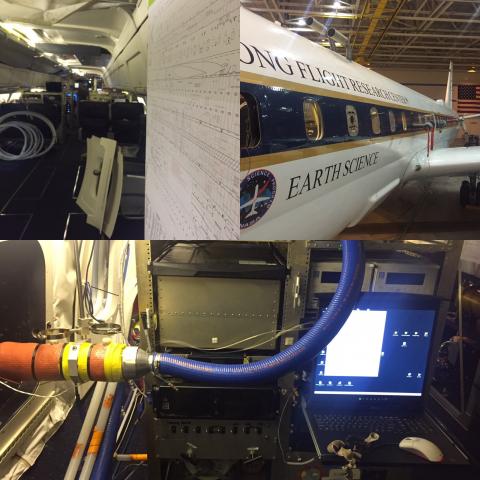
KORUS-AQ
Past
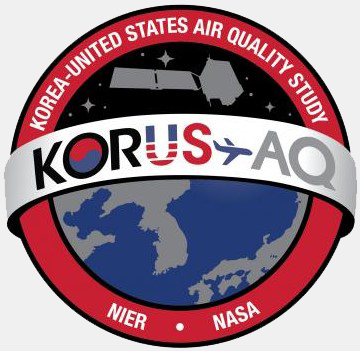 In 2016 KORUS-AQ offered the opportunity to further advance NASA goals and those of its international partners related to air quality through a targeted field study focused on the South Korean peninsula and surrounding waters.
In 2016 KORUS-AQ offered the opportunity to further advance NASA goals and those of its international partners related to air quality through a targeted field study focused on the South Korean peninsula and surrounding waters.
+ Learn More
 In 2016 KORUS-AQ offered the opportunity to further advance NASA goals and those of its international partners related to air quality through a targeted field study focused on the South Korean peninsula and surrounding waters.
In 2016 KORUS-AQ offered the opportunity to further advance NASA goals and those of its international partners related to air quality through a targeted field study focused on the South Korean peninsula and surrounding waters.+ Learn More
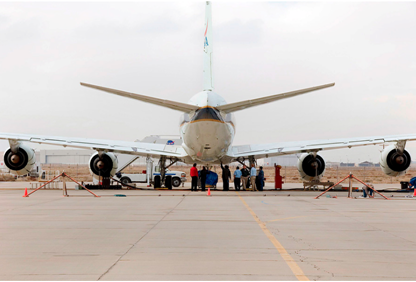
LARGE
Present
LARGE is based in the Chemistry and Dynamics Branch of the Science Directorate at NASA’s Langley Research Center. We specialize in making in situ aerosol and cloud measurements and conducting research to improve understanding of atmospheric aerosols and their interactions with water vapor.
+ Learn More
LARGE is based in the Chemistry and Dynamics Branch of the Science Directorate at NASA’s Langley Research Center. We specialize in making in situ aerosol and cloud measurements and conducting research to improve understanding of atmospheric aerosols and their interactions with water vapor.
+ Learn More
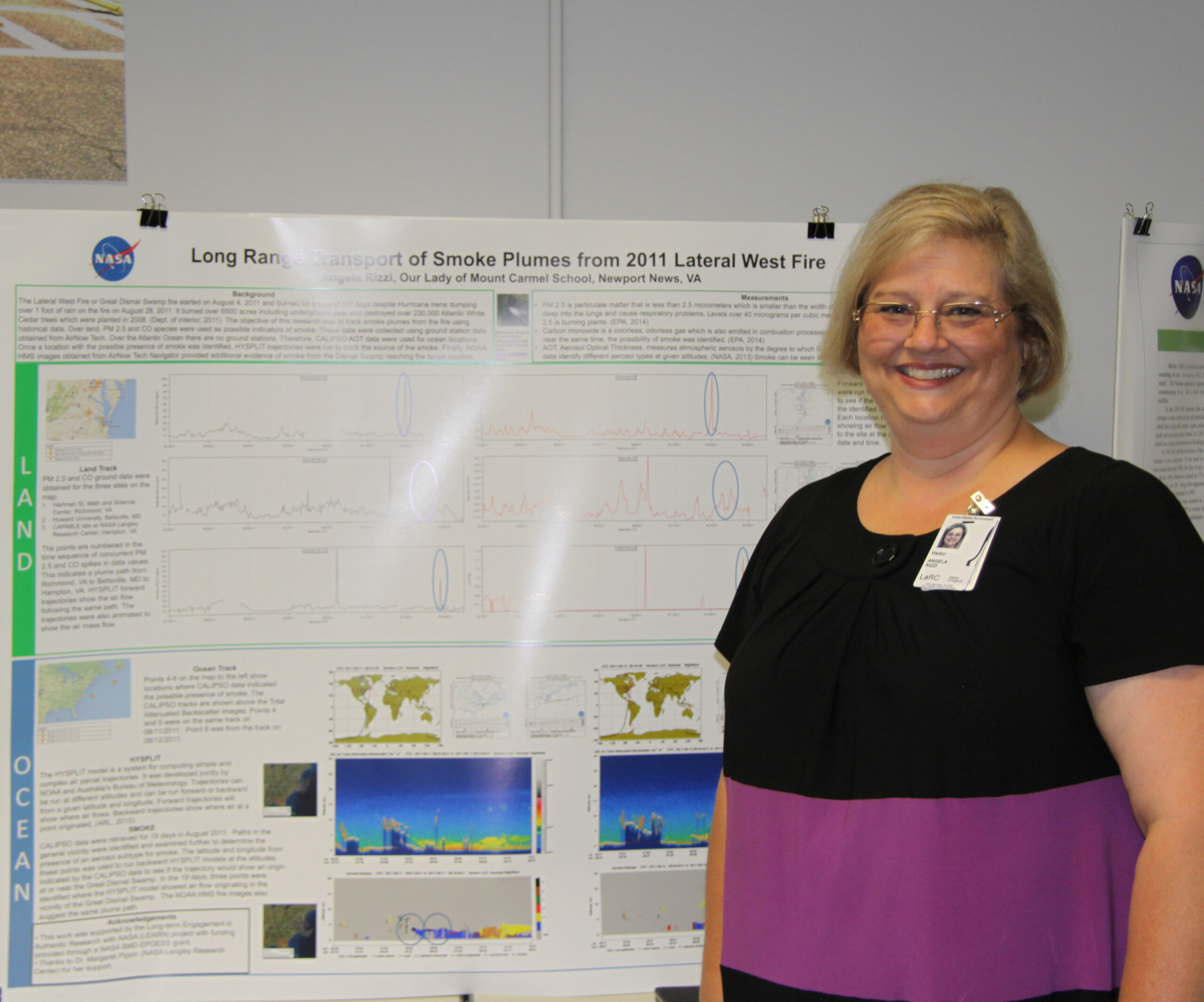
LEARN
Past
The NASA Long-term Engagement in Authentic Research with NASA (LEARN) Project is an innovative program that provides educators with on-site research and training with NASA Scientists in the summer and guided research projects that continue on throughout the school year. These educators conduct their own research with help of a team of NASA Scientists and share and integrate these projects into the classroom.
+ Learn More
The NASA Long-term Engagement in Authentic Research with NASA (LEARN) Project is an innovative program that provides educators with on-site research and training with NASA Scientists in the summer and guided research projects that continue on throughout the school year. These educators conduct their own research with help of a team of NASA Scientists and share and integrate these projects into the classroom.
+ Learn More
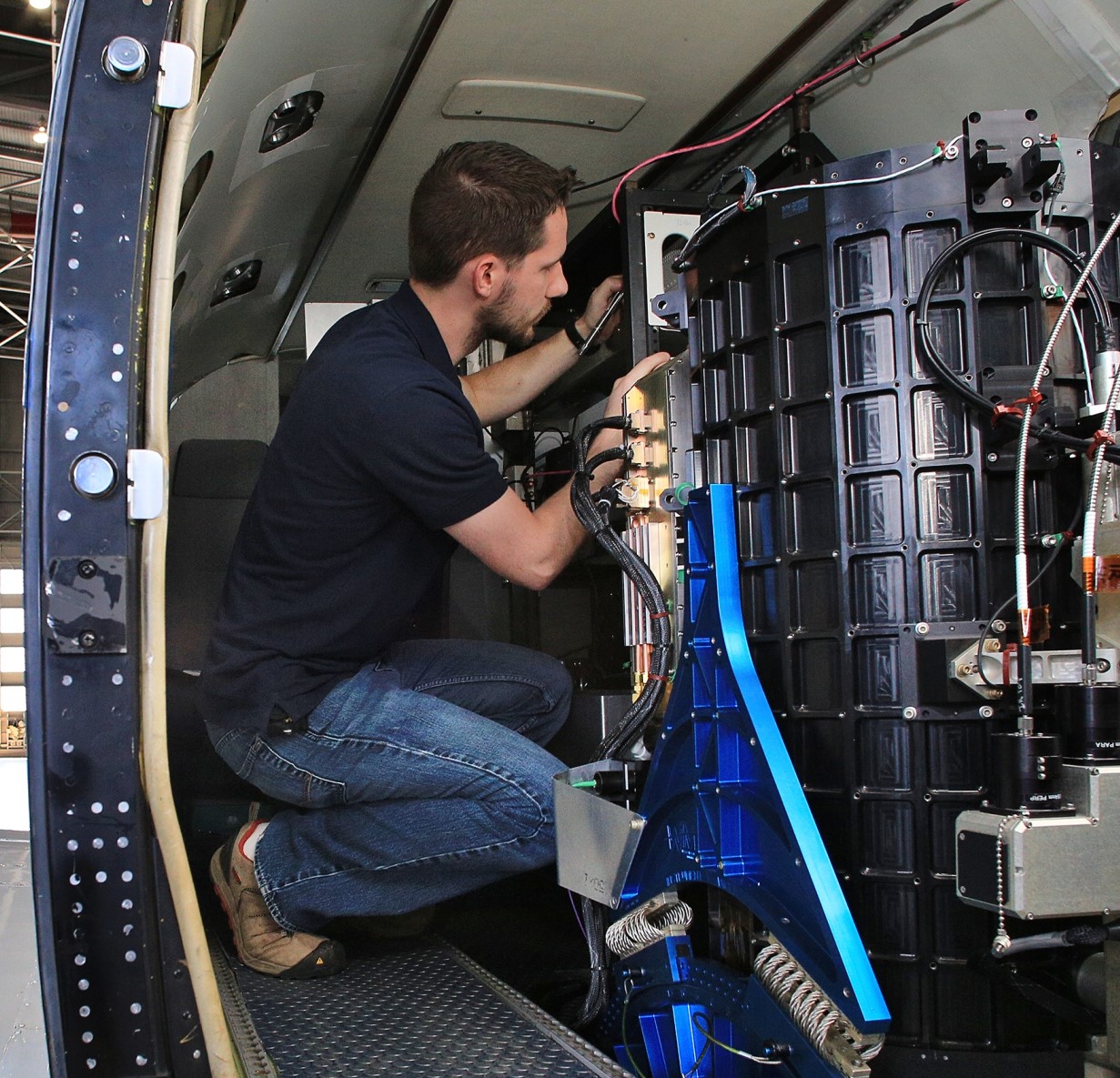
The Lidar Group
Present
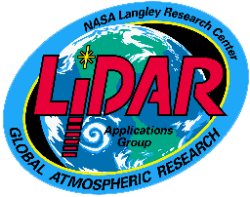 The Lidar Applications Group is based out of the Science Directorate at NASA’s Langley Research Center. The research campaigns and experiments performed in the Lidar group use Lidar technology on various aircraft to learn more about our atmosphere, what’s in it, and how it’s changing. + Learn More
The Lidar Applications Group is based out of the Science Directorate at NASA’s Langley Research Center. The research campaigns and experiments performed in the Lidar group use Lidar technology on various aircraft to learn more about our atmosphere, what’s in it, and how it’s changing. + Learn More
 The Lidar Applications Group is based out of the Science Directorate at NASA’s Langley Research Center. The research campaigns and experiments performed in the Lidar group use Lidar technology on various aircraft to learn more about our atmosphere, what’s in it, and how it’s changing. + Learn More
The Lidar Applications Group is based out of the Science Directorate at NASA’s Langley Research Center. The research campaigns and experiments performed in the Lidar group use Lidar technology on various aircraft to learn more about our atmosphere, what’s in it, and how it’s changing. + Learn More
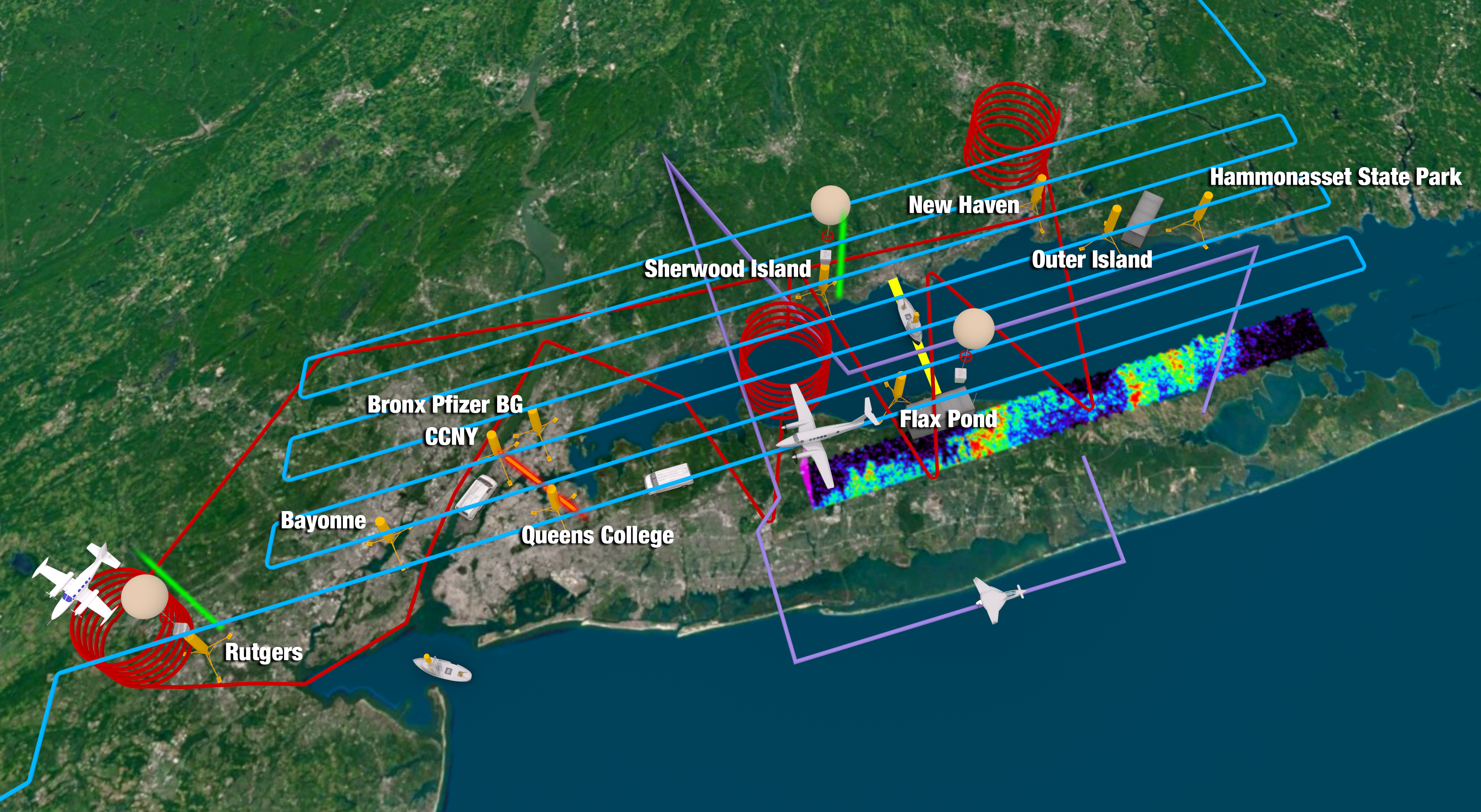
LISTOS
Present
The Long Island Sound Tropospheric Ozone Study (LISTOS) is a multi-agency collaborative study focusing on Long Island Sound and the surrounding coastlines that continue to suffer from poor air quality exacerbated by land/water circulations.
+ Learn More
The Long Island Sound Tropospheric Ozone Study (LISTOS) is a multi-agency collaborative study focusing on Long Island Sound and the surrounding coastlines that continue to suffer from poor air quality exacerbated by land/water circulations.
+ Learn More
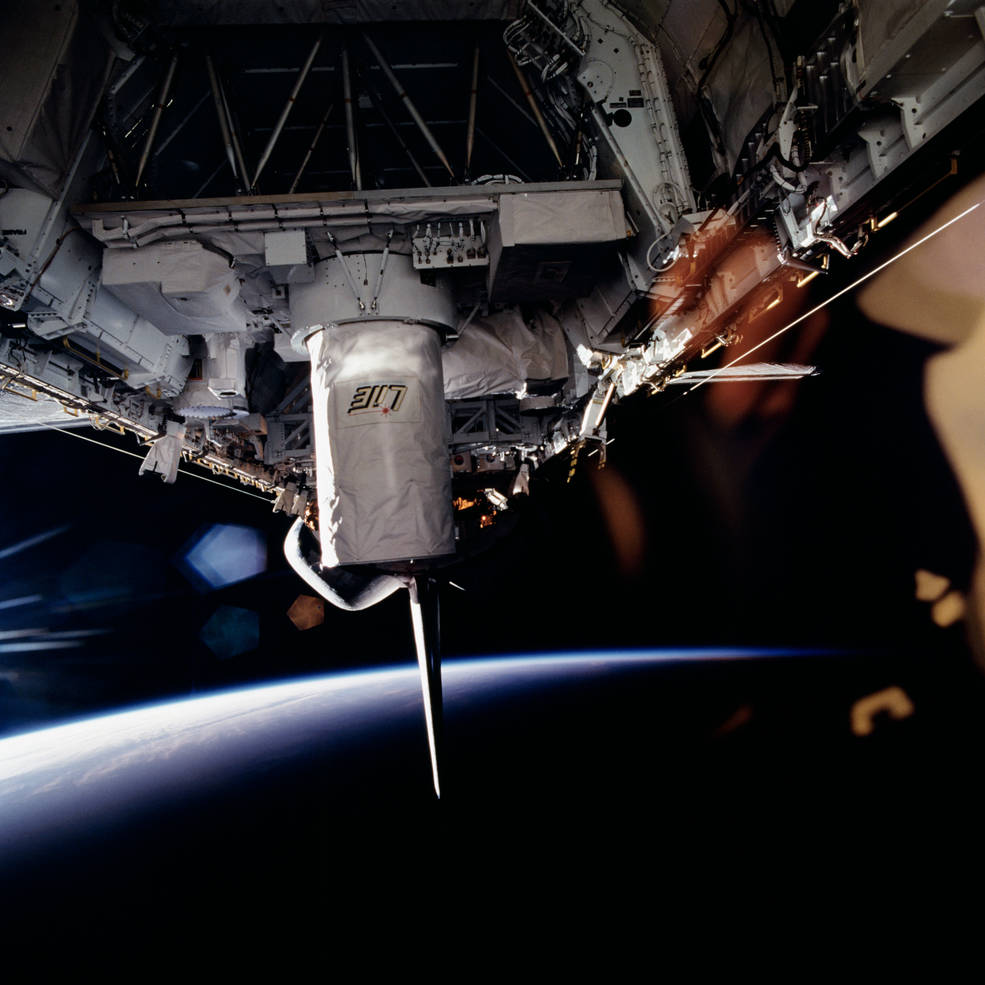
LITE
Past
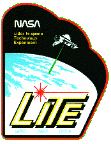 LITE was a three-wavelength backscatter lidar developed by NASA Langley Research Center to fly on the Space Shuttle to support advancement of knowledge of Earth as a system to meet the chanllenges of environmental changes, and to improve life on our planet. + Learn More
LITE was a three-wavelength backscatter lidar developed by NASA Langley Research Center to fly on the Space Shuttle to support advancement of knowledge of Earth as a system to meet the chanllenges of environmental changes, and to improve life on our planet. + Learn More
 LITE was a three-wavelength backscatter lidar developed by NASA Langley Research Center to fly on the Space Shuttle to support advancement of knowledge of Earth as a system to meet the chanllenges of environmental changes, and to improve life on our planet. + Learn More
LITE was a three-wavelength backscatter lidar developed by NASA Langley Research Center to fly on the Space Shuttle to support advancement of knowledge of Earth as a system to meet the chanllenges of environmental changes, and to improve life on our planet. + Learn More
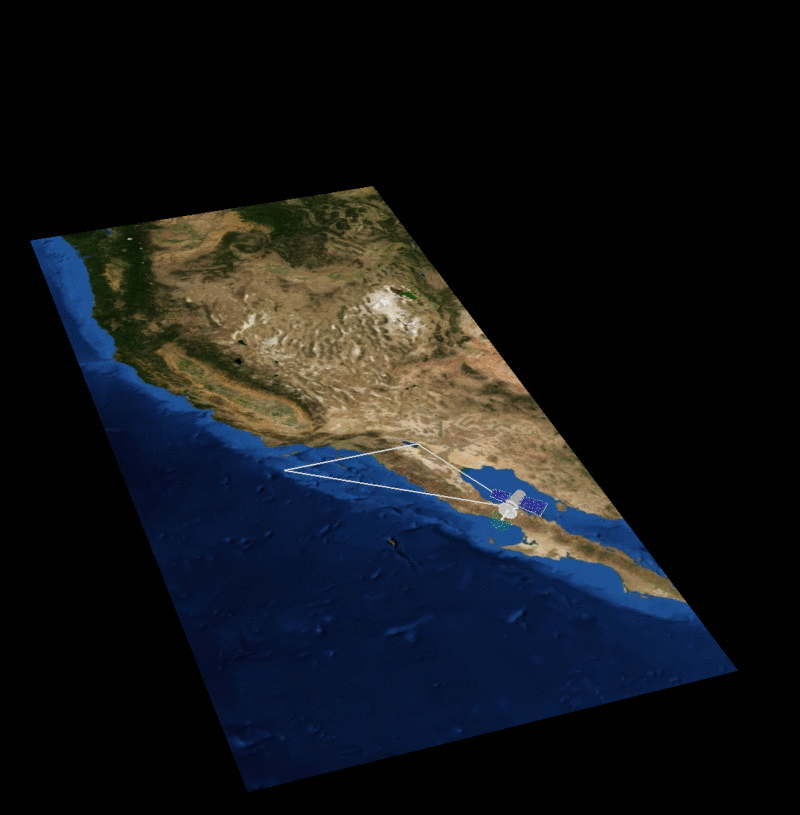
MAIA
Current
MAIA is an instrument designed to view Earth with a spectropolarimetric camera mounted on a two-axis gimbal. The MAIA project delivers data products, which will be generated, stored, and distributed at NASA Langley’s Atmospheric Science Data Center (ASDC).
+ Learn More
MAIA is an instrument designed to view Earth with a spectropolarimetric camera mounted on a two-axis gimbal. The MAIA project delivers data products, which will be generated, stored, and distributed at NASA Langley’s Atmospheric Science Data Center (ASDC).
+ Learn More
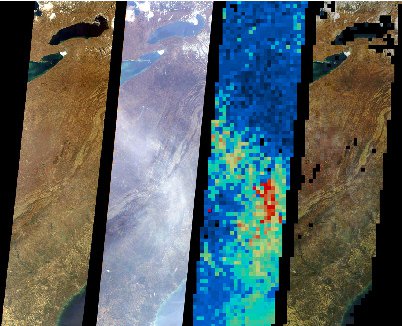
MISR
Current
 As part of NASA’s Earth Observing System (EOS), data from multi-angle imagery of the satellite-borne Multi-angle Imaging SpectroRadiometer (MISR) instrument is transmitted from the Terra spacecraft to the ground. MISR data is handled at the ASDC at NASA Langley and MISR data products are available online.
As part of NASA’s Earth Observing System (EOS), data from multi-angle imagery of the satellite-borne Multi-angle Imaging SpectroRadiometer (MISR) instrument is transmitted from the Terra spacecraft to the ground. MISR data is handled at the ASDC at NASA Langley and MISR data products are available online.
+ Learn More
 As part of NASA’s Earth Observing System (EOS), data from multi-angle imagery of the satellite-borne Multi-angle Imaging SpectroRadiometer (MISR) instrument is transmitted from the Terra spacecraft to the ground. MISR data is handled at the ASDC at NASA Langley and MISR data products are available online.
As part of NASA’s Earth Observing System (EOS), data from multi-angle imagery of the satellite-borne Multi-angle Imaging SpectroRadiometer (MISR) instrument is transmitted from the Terra spacecraft to the ground. MISR data is handled at the ASDC at NASA Langley and MISR data products are available online. + Learn More
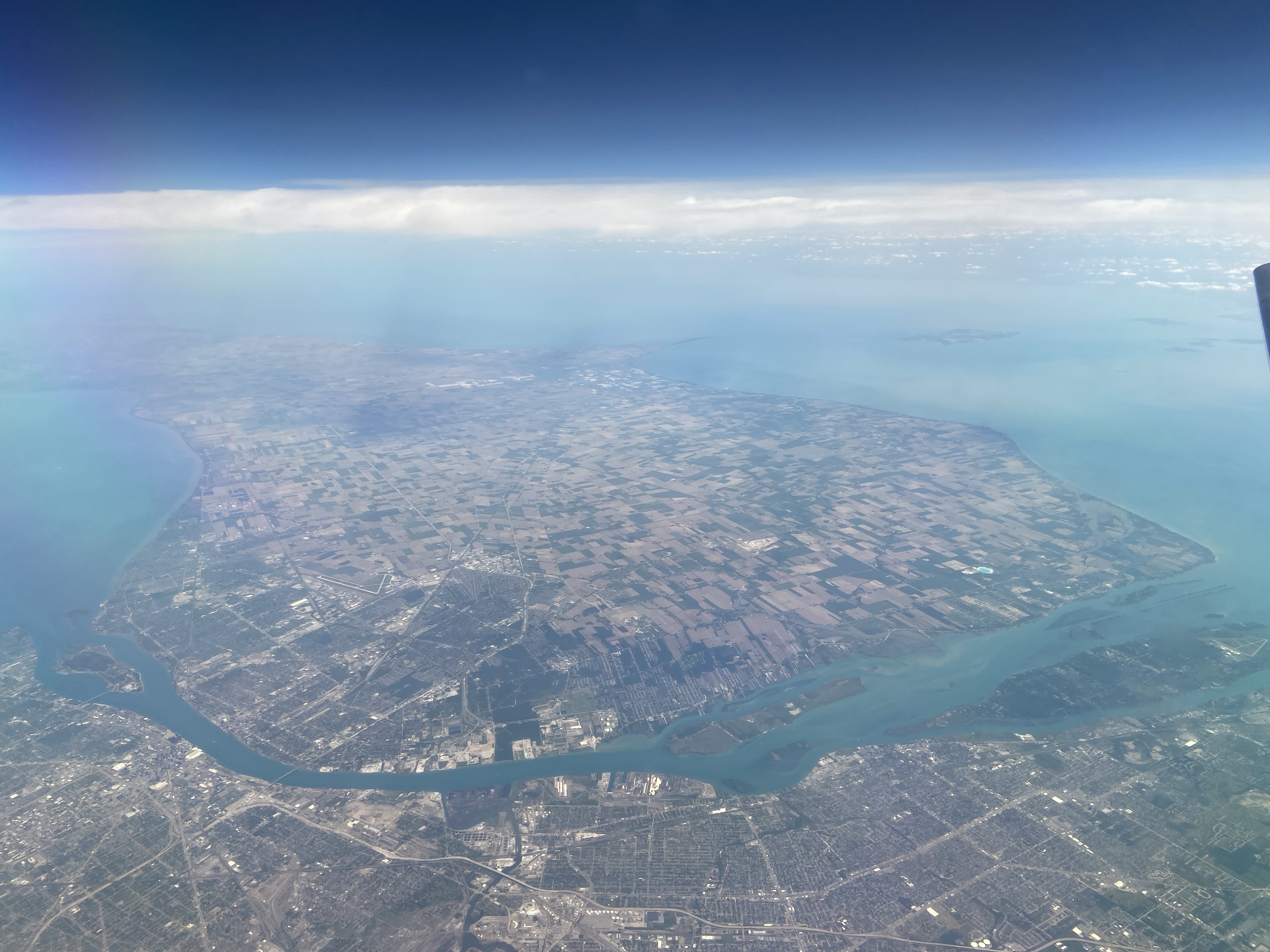
MOOSE
Present
Michigan Ontario Ozone Source Experiment (MOOSE) is a community-organized experiment targeting air quality over the Michigan/Ontario border region from aircraft and ground-based measurements.
+ Learn More
Michigan Ontario Ozone Source Experiment (MOOSE) is a community-organized experiment targeting air quality over the Michigan/Ontario border region from aircraft and ground-based measurements.
+ Learn More
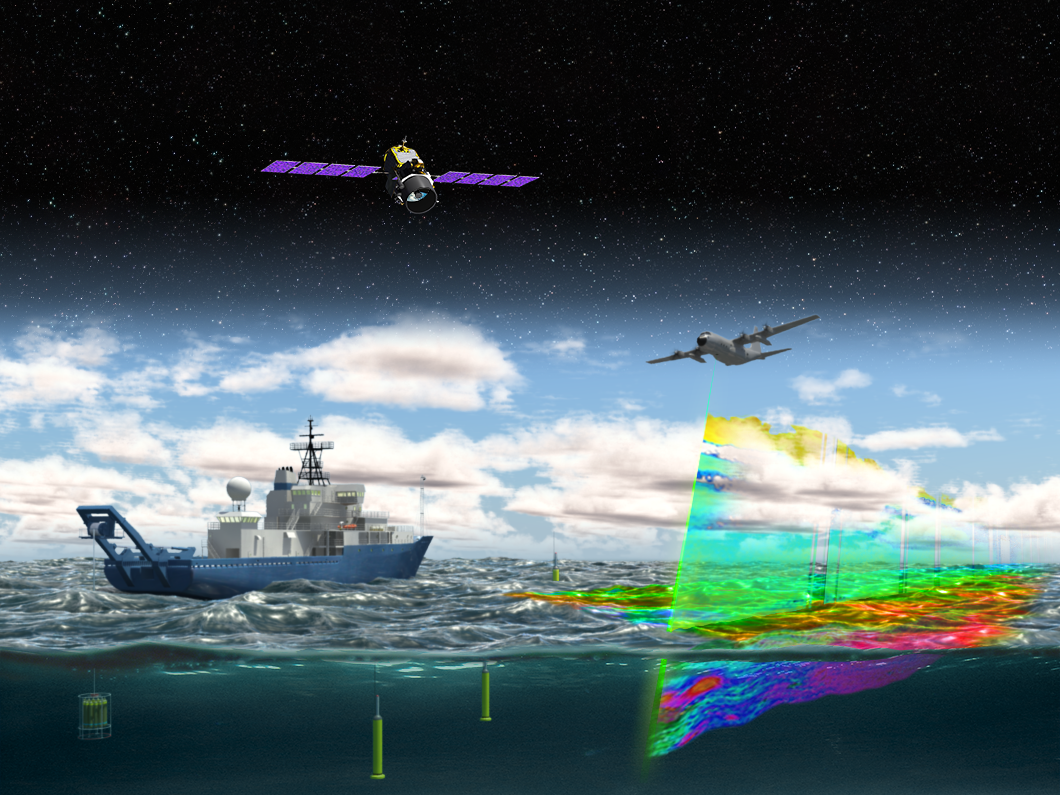
NAAMES
Past
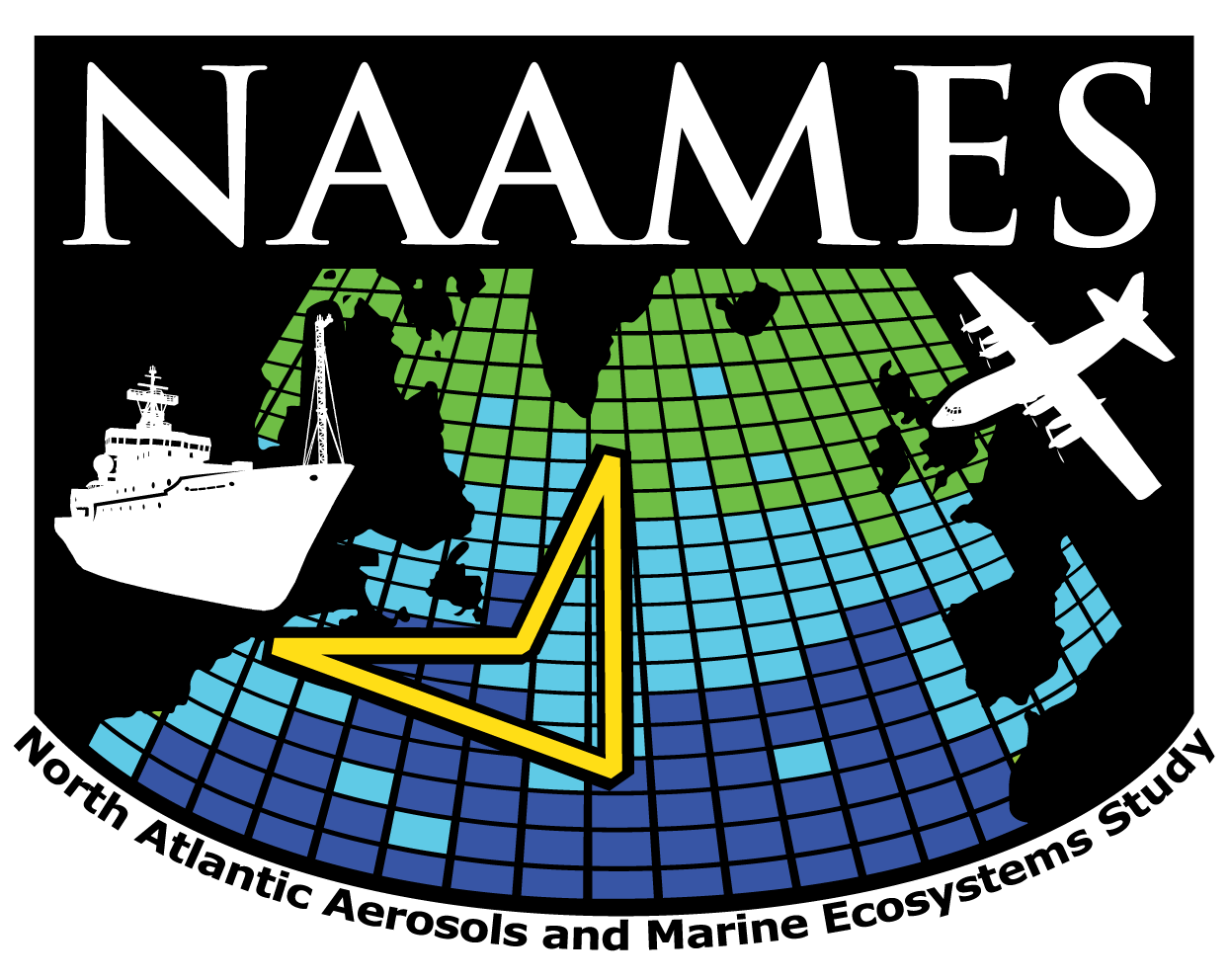 The North Atlantic Aerosols and Marine Ecosystems Study (NAAMES) is a five year investigation to resolve key processes controlling ocean system function, their influences on atmospheric aerosols and clouds and their implications for climate.
The North Atlantic Aerosols and Marine Ecosystems Study (NAAMES) is a five year investigation to resolve key processes controlling ocean system function, their influences on atmospheric aerosols and clouds and their implications for climate.
+ Learn More
 The North Atlantic Aerosols and Marine Ecosystems Study (NAAMES) is a five year investigation to resolve key processes controlling ocean system function, their influences on atmospheric aerosols and clouds and their implications for climate.
The North Atlantic Aerosols and Marine Ecosystems Study (NAAMES) is a five year investigation to resolve key processes controlling ocean system function, their influences on atmospheric aerosols and clouds and their implications for climate.+ Learn More
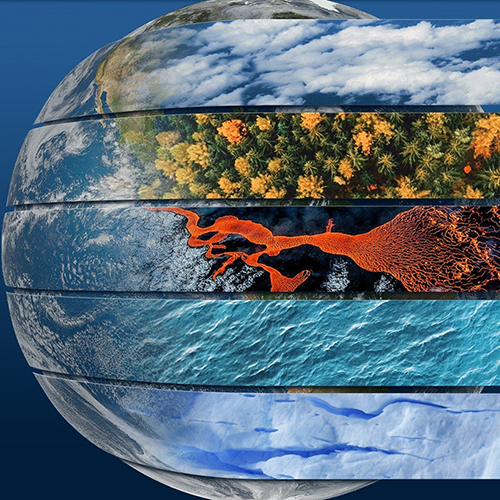
My NASA Data
Current
 My NASA Data (MND) is one of the few NASA Earth Science educator resources providing grade 3-12 teachers access to NASA mission data through unique tools that help students learn about Earth system science. My NASA Data features phenomena and related resources from each of the spheres in the Earth system.
My NASA Data (MND) is one of the few NASA Earth Science educator resources providing grade 3-12 teachers access to NASA mission data through unique tools that help students learn about Earth system science. My NASA Data features phenomena and related resources from each of the spheres in the Earth system.
+ Learn More
+ Learn More
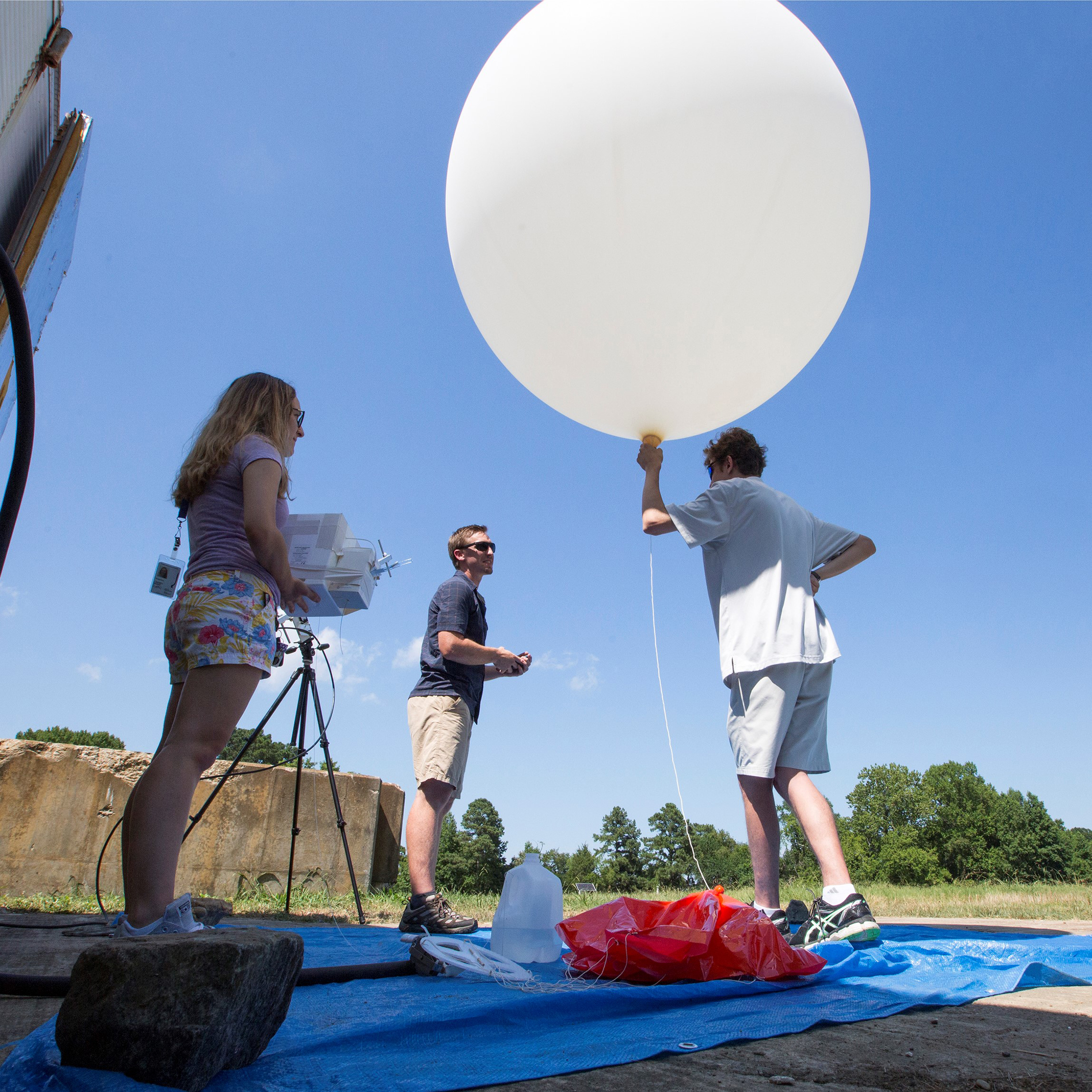
OWLETS 1 & 2
Past

The Ozone Water–Land Environmental Transition Study (OWLETS), conducted during the summers months of 2017 and 2018, utilized enhanced observational strategies in order to obtain a better understanding of chemical forecasts and pollution transport over the lower and upper Chesapeake Bay watershed.
+ Learn More

The Ozone Water–Land Environmental Transition Study (OWLETS), conducted during the summers months of 2017 and 2018, utilized enhanced observational strategies in order to obtain a better understanding of chemical forecasts and pollution transport over the lower and upper Chesapeake Bay watershed.
+ Learn More

POWER
Present
The Prediction Of Worldwide Energy Resources (POWER) project was initiated to improve upon the current renewable energy data set and to create new data sets from new satellite systems. The POWER project targets three user communities: 1) Renewable Energy, 2) Sustainable Buildings, and 3) Agroclimatology. + Learn More
The Prediction Of Worldwide Energy Resources (POWER) project was initiated to improve upon the current renewable energy data set and to create new data sets from new satellite systems. The POWER project targets three user communities: 1) Renewable Energy, 2) Sustainable Buildings, and 3) Agroclimatology. + Learn More
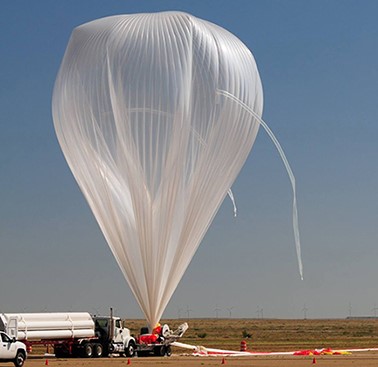
RaD-X
Past
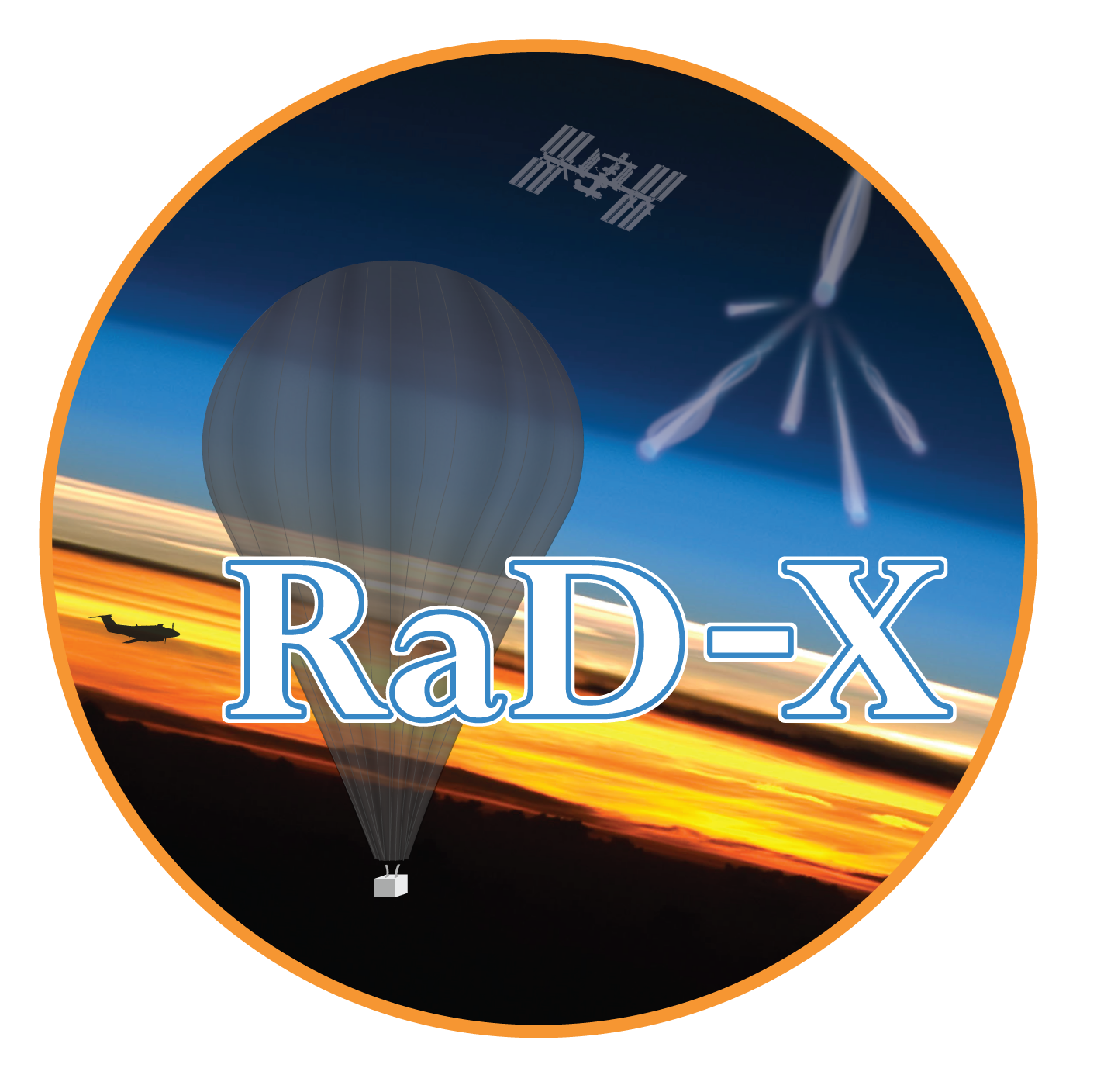 The NASA Radiation Dosimetry Experiment (RaD-X) high-altitude balloon mission was successfully launched from Fort Sumner, New Mexico on 25 September, 2015. Over 20 hours of science data were obtained from four dosimeters at altitudes above 20 km. It provided first-time indications of how cosmic rays deposit energy at the top of atmosphere.
The NASA Radiation Dosimetry Experiment (RaD-X) high-altitude balloon mission was successfully launched from Fort Sumner, New Mexico on 25 September, 2015. Over 20 hours of science data were obtained from four dosimeters at altitudes above 20 km. It provided first-time indications of how cosmic rays deposit energy at the top of atmosphere.
+ Learn More
 The NASA Radiation Dosimetry Experiment (RaD-X) high-altitude balloon mission was successfully launched from Fort Sumner, New Mexico on 25 September, 2015. Over 20 hours of science data were obtained from four dosimeters at altitudes above 20 km. It provided first-time indications of how cosmic rays deposit energy at the top of atmosphere.
The NASA Radiation Dosimetry Experiment (RaD-X) high-altitude balloon mission was successfully launched from Fort Sumner, New Mexico on 25 September, 2015. Over 20 hours of science data were obtained from four dosimeters at altitudes above 20 km. It provided first-time indications of how cosmic rays deposit energy at the top of atmosphere.+ Learn More
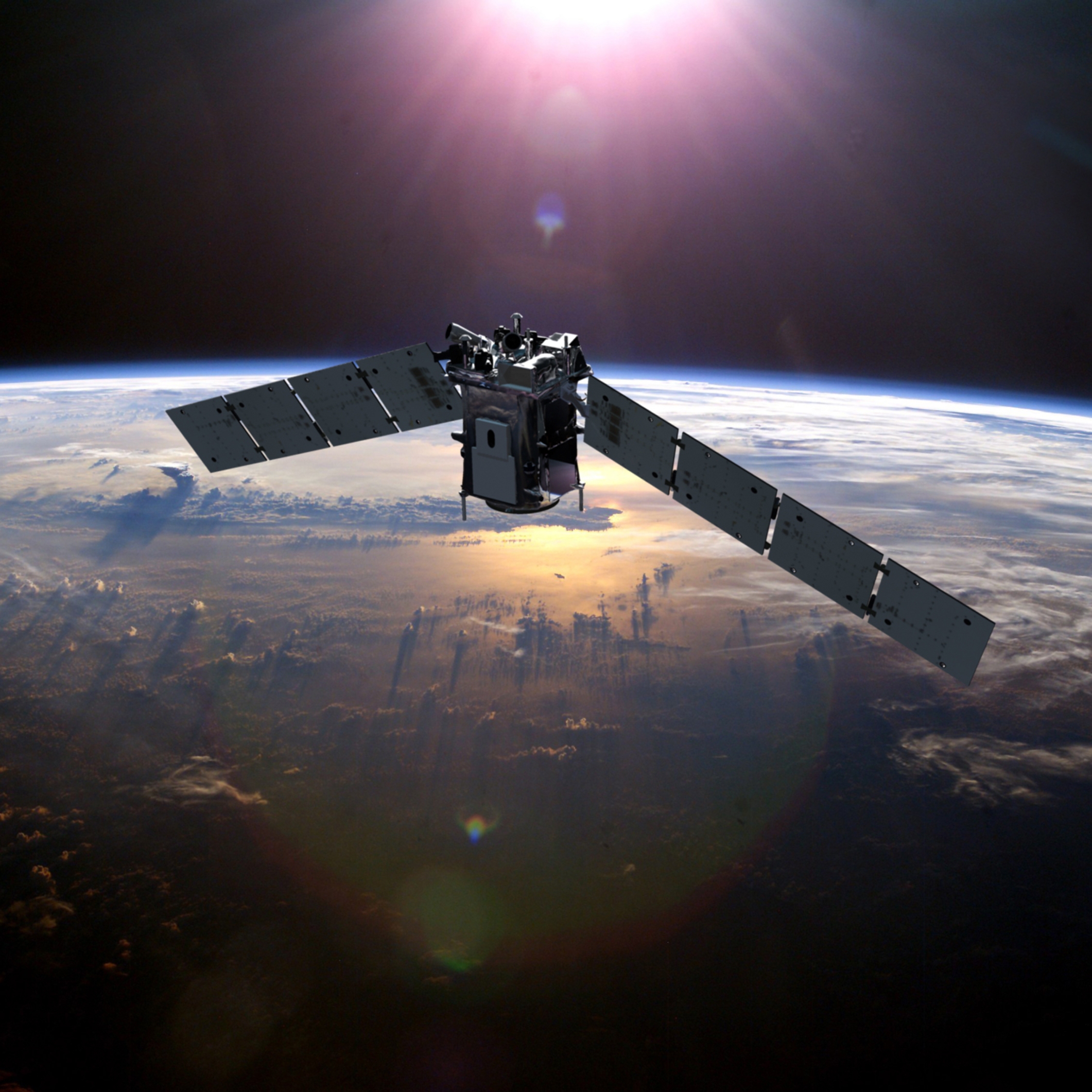
SABER
Present
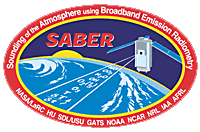 SABER produced the first comprehensive global measurements of this the upper atmosphere.
SABER produced the first comprehensive global measurements of this the upper atmosphere.
+ Learn More
 SABER produced the first comprehensive global measurements of this the upper atmosphere.
SABER produced the first comprehensive global measurements of this the upper atmosphere.+ Learn More

SAGE III on ISS
Present
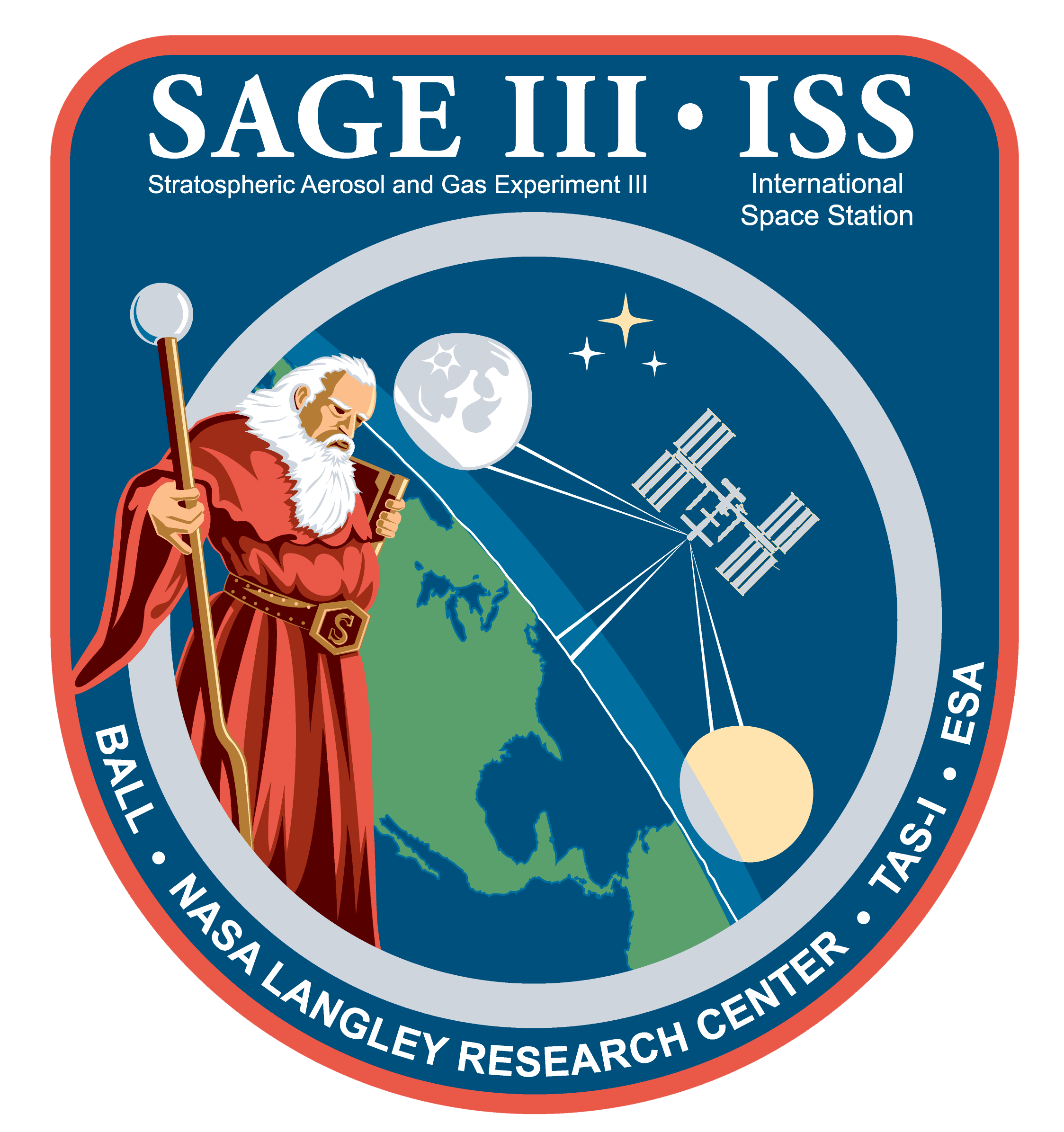 SAGE III on the International Space Station (ISS) is a third-generation solar and lunar occultation instrument that studies ozone, aerosols, and other gases in the Earth’s stratosphere. + Learn More
SAGE III on the International Space Station (ISS) is a third-generation solar and lunar occultation instrument that studies ozone, aerosols, and other gases in the Earth’s stratosphere. + Learn More
 SAGE III on the International Space Station (ISS) is a third-generation solar and lunar occultation instrument that studies ozone, aerosols, and other gases in the Earth’s stratosphere. + Learn More
SAGE III on the International Space Station (ISS) is a third-generation solar and lunar occultation instrument that studies ozone, aerosols, and other gases in the Earth’s stratosphere. + Learn More
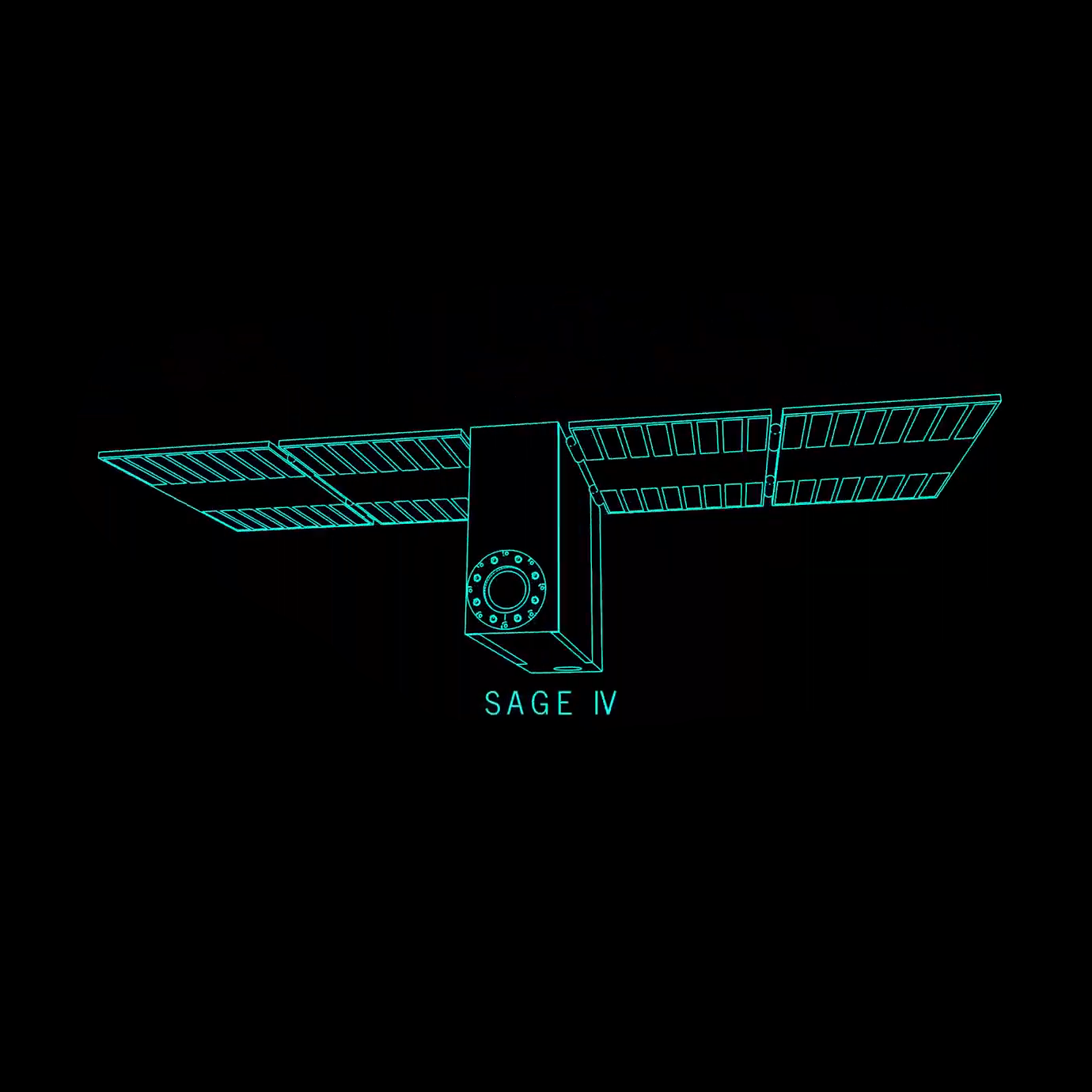
SAGE IV Pathfinder
Future
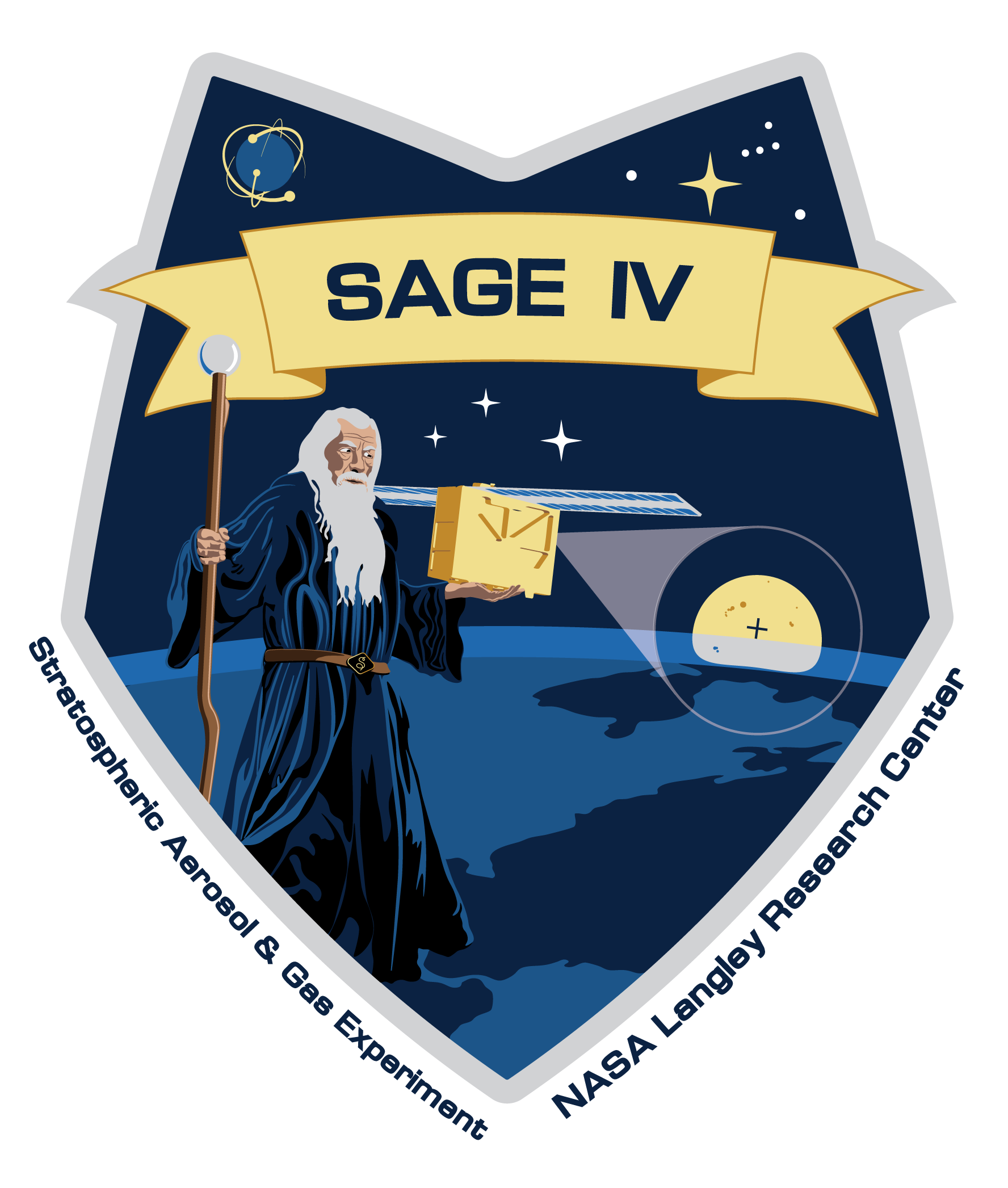 NASA’s SAGE IV Pathfinder is ‘science in a shoebox,’ which enables a sustainable way to monitor the health of Earth’s ozone layer at roughly 1/10 the cost and size of previous SAGE instruments. + Learn More
NASA’s SAGE IV Pathfinder is ‘science in a shoebox,’ which enables a sustainable way to monitor the health of Earth’s ozone layer at roughly 1/10 the cost and size of previous SAGE instruments. + Learn More
 NASA’s SAGE IV Pathfinder is ‘science in a shoebox,’ which enables a sustainable way to monitor the health of Earth’s ozone layer at roughly 1/10 the cost and size of previous SAGE instruments. + Learn More
NASA’s SAGE IV Pathfinder is ‘science in a shoebox,’ which enables a sustainable way to monitor the health of Earth’s ozone layer at roughly 1/10 the cost and size of previous SAGE instruments. + Learn More
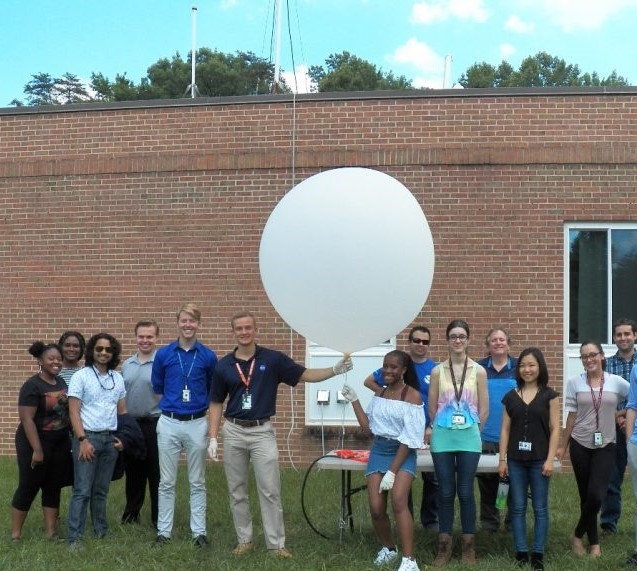
SaSa
Current
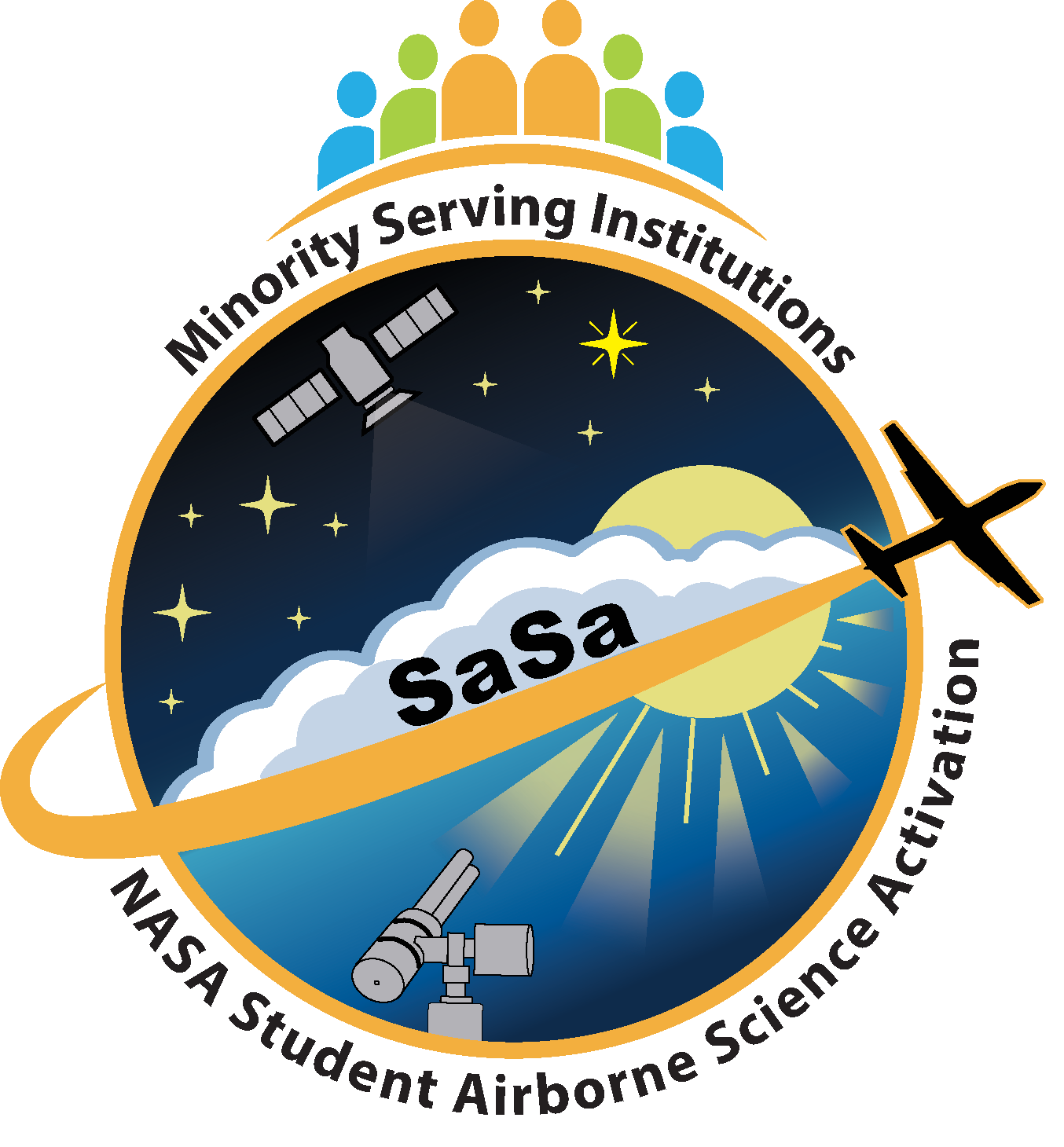 SaSa (Student Airborne Science Activation) increases the diversity of the STEM workforce. To help foster more effective, sustainable, and efficient use of the NASA science content, we will build student research opportunities as part of the existing courses and research programs at selected minority-serving institutions.
SaSa (Student Airborne Science Activation) increases the diversity of the STEM workforce. To help foster more effective, sustainable, and efficient use of the NASA science content, we will build student research opportunities as part of the existing courses and research programs at selected minority-serving institutions.
+ Learn More
 SaSa (Student Airborne Science Activation) increases the diversity of the STEM workforce. To help foster more effective, sustainable, and efficient use of the NASA science content, we will build student research opportunities as part of the existing courses and research programs at selected minority-serving institutions.
SaSa (Student Airborne Science Activation) increases the diversity of the STEM workforce. To help foster more effective, sustainable, and efficient use of the NASA science content, we will build student research opportunities as part of the existing courses and research programs at selected minority-serving institutions.+ Learn More
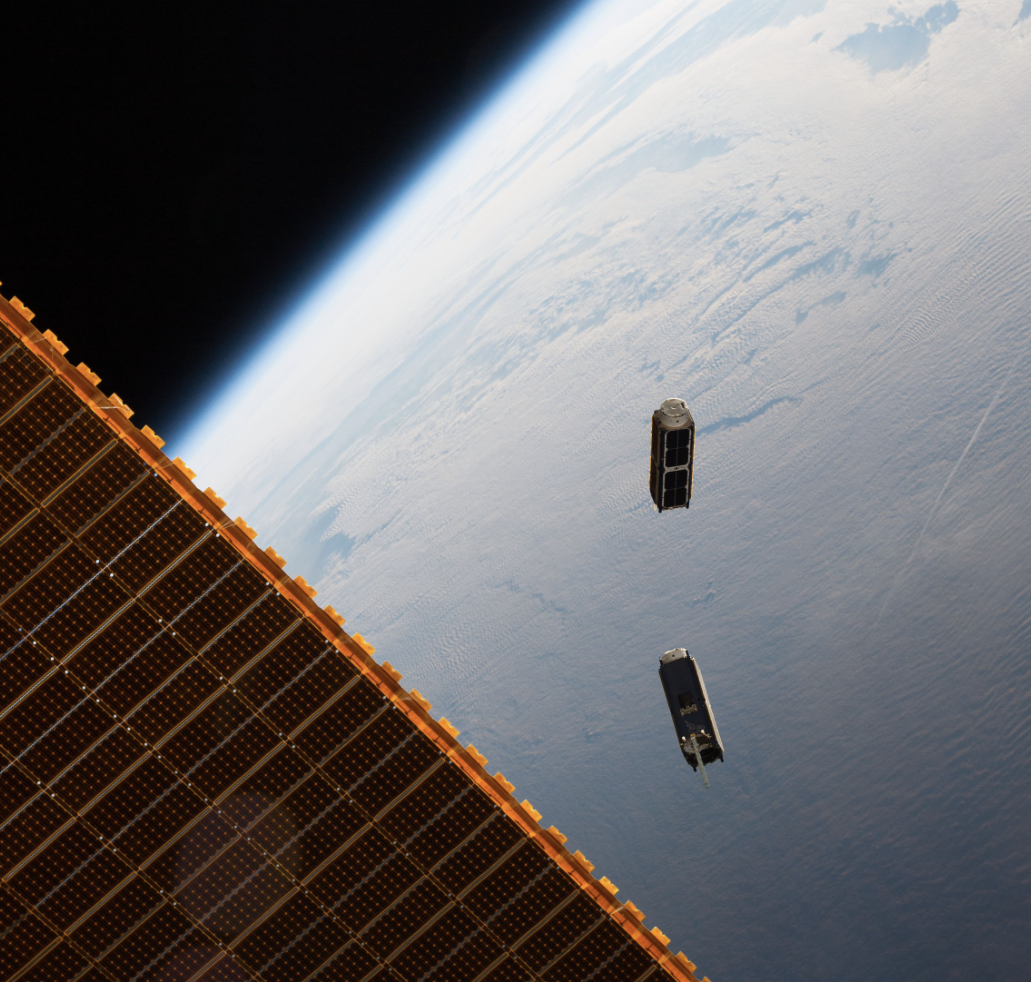
SPIN
Current
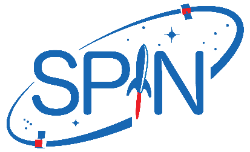 NASA Langley Research Center’s Small Payload Innovation Network is a network of innovators, architects, scientists, and engineers poised to accelerate Langley small projects and innovation.
+ Learn More
NASA Langley Research Center’s Small Payload Innovation Network is a network of innovators, architects, scientists, and engineers poised to accelerate Langley small projects and innovation.
+ Learn More
 NASA Langley Research Center’s Small Payload Innovation Network is a network of innovators, architects, scientists, and engineers poised to accelerate Langley small projects and innovation.
+ Learn More
NASA Langley Research Center’s Small Payload Innovation Network is a network of innovators, architects, scientists, and engineers poised to accelerate Langley small projects and innovation.
+ Learn More
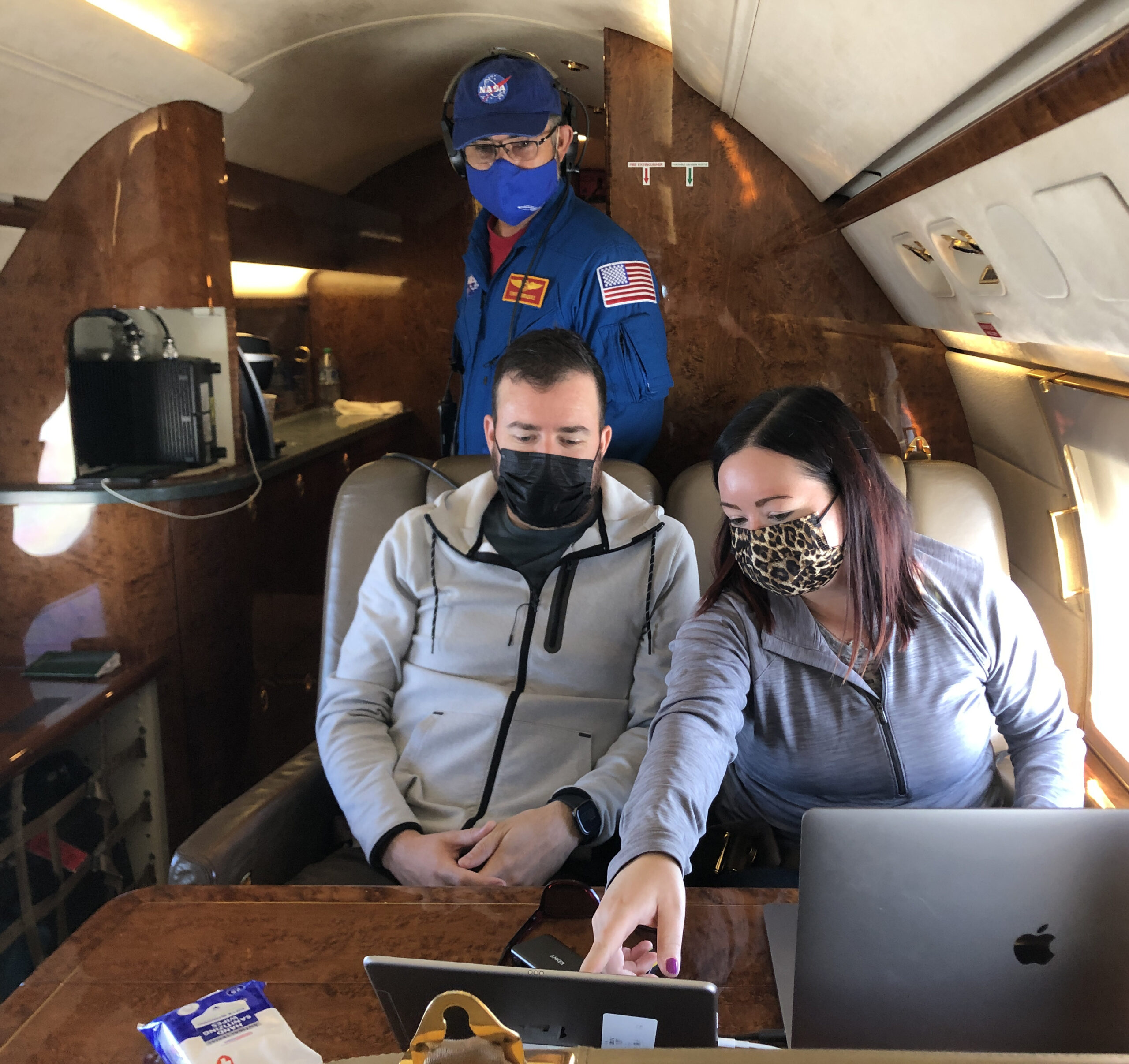
STAQS
Future
 The Synergistic TEMPO Air Quality Science (STAQS) mission seeks to integrate TEMPO satellite observations with traditional air quality monitoring to improve understanding of air quality science and increase societal benefit. STAQS will be conducted in summer 2023.
+ Learn More
The Synergistic TEMPO Air Quality Science (STAQS) mission seeks to integrate TEMPO satellite observations with traditional air quality monitoring to improve understanding of air quality science and increase societal benefit. STAQS will be conducted in summer 2023.
+ Learn More
 The Synergistic TEMPO Air Quality Science (STAQS) mission seeks to integrate TEMPO satellite observations with traditional air quality monitoring to improve understanding of air quality science and increase societal benefit. STAQS will be conducted in summer 2023.
+ Learn More
The Synergistic TEMPO Air Quality Science (STAQS) mission seeks to integrate TEMPO satellite observations with traditional air quality monitoring to improve understanding of air quality science and increase societal benefit. STAQS will be conducted in summer 2023.
+ Learn More
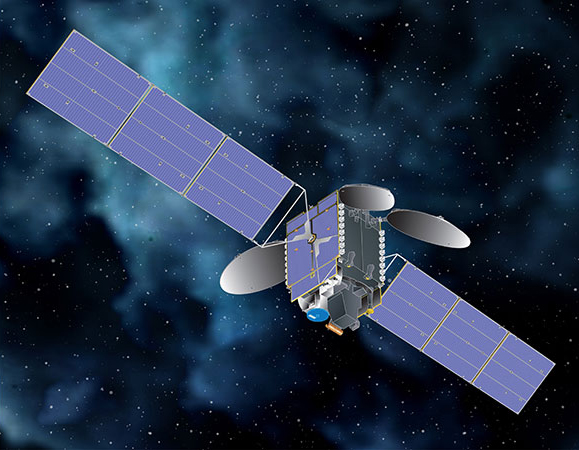
TEMPO
Future
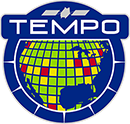 The TEMPO instrument is a UV-visible spectrometer, and will be the first ever space-based instrument to monitor air pollutants hourly across the North American continent during daytime.
The TEMPO instrument is a UV-visible spectrometer, and will be the first ever space-based instrument to monitor air pollutants hourly across the North American continent during daytime.
+ Learn More
 The TEMPO instrument is a UV-visible spectrometer, and will be the first ever space-based instrument to monitor air pollutants hourly across the North American continent during daytime.
The TEMPO instrument is a UV-visible spectrometer, and will be the first ever space-based instrument to monitor air pollutants hourly across the North American continent during daytime.+ Learn More
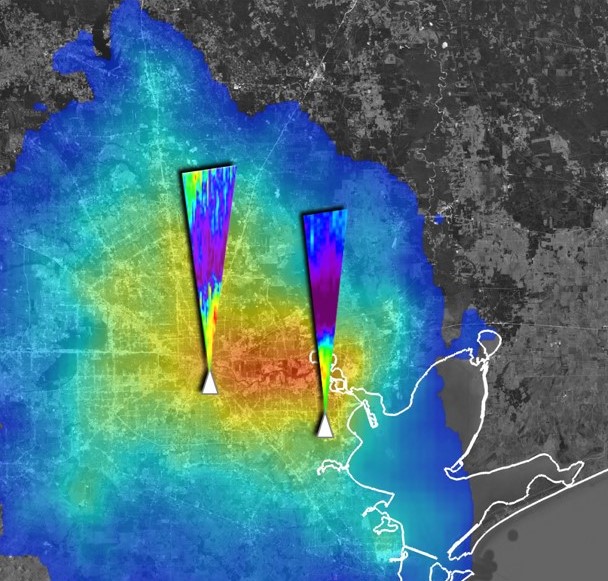
TRACER-AQ
Current
The Tracking Aerosol Convection interactions ExpeRiment-Air Quality (TRACER-AQ) began in September 2021 and includes both airborne and ground-based measurements of trace gases, aerosols, and weather to help scientists better understand some of the intricacies of air quality in the Houston area. + Learn More
The Tracking Aerosol Convection interactions ExpeRiment-Air Quality (TRACER-AQ) began in September 2021 and includes both airborne and ground-based measurements of trace gases, aerosols, and weather to help scientists better understand some of the intricacies of air quality in the Houston area. + Learn More
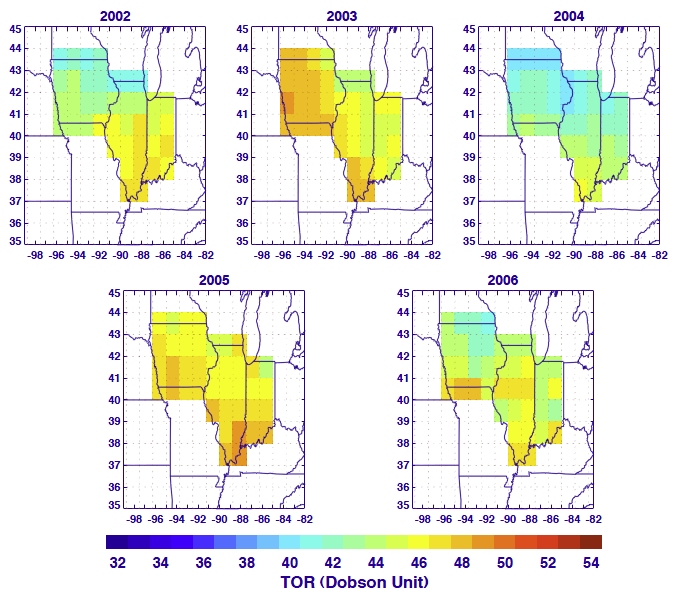
Tropospheric Ozone Residual (TOR)
Past
In the late 1980s, Dr. Jack Fishman pioneered the use of satellite observations to provide a unique and eye-opening perspective of the extent of global pollution. This technique, called the tropospheric ozone residual, or TOR, determined the quasi-global extent of tropospheric ozone.
+ Learn More
In the late 1980s, Dr. Jack Fishman pioneered the use of satellite observations to provide a unique and eye-opening perspective of the extent of global pollution. This technique, called the tropospheric ozone residual, or TOR, determined the quasi-global extent of tropospheric ozone.
+ Learn More
